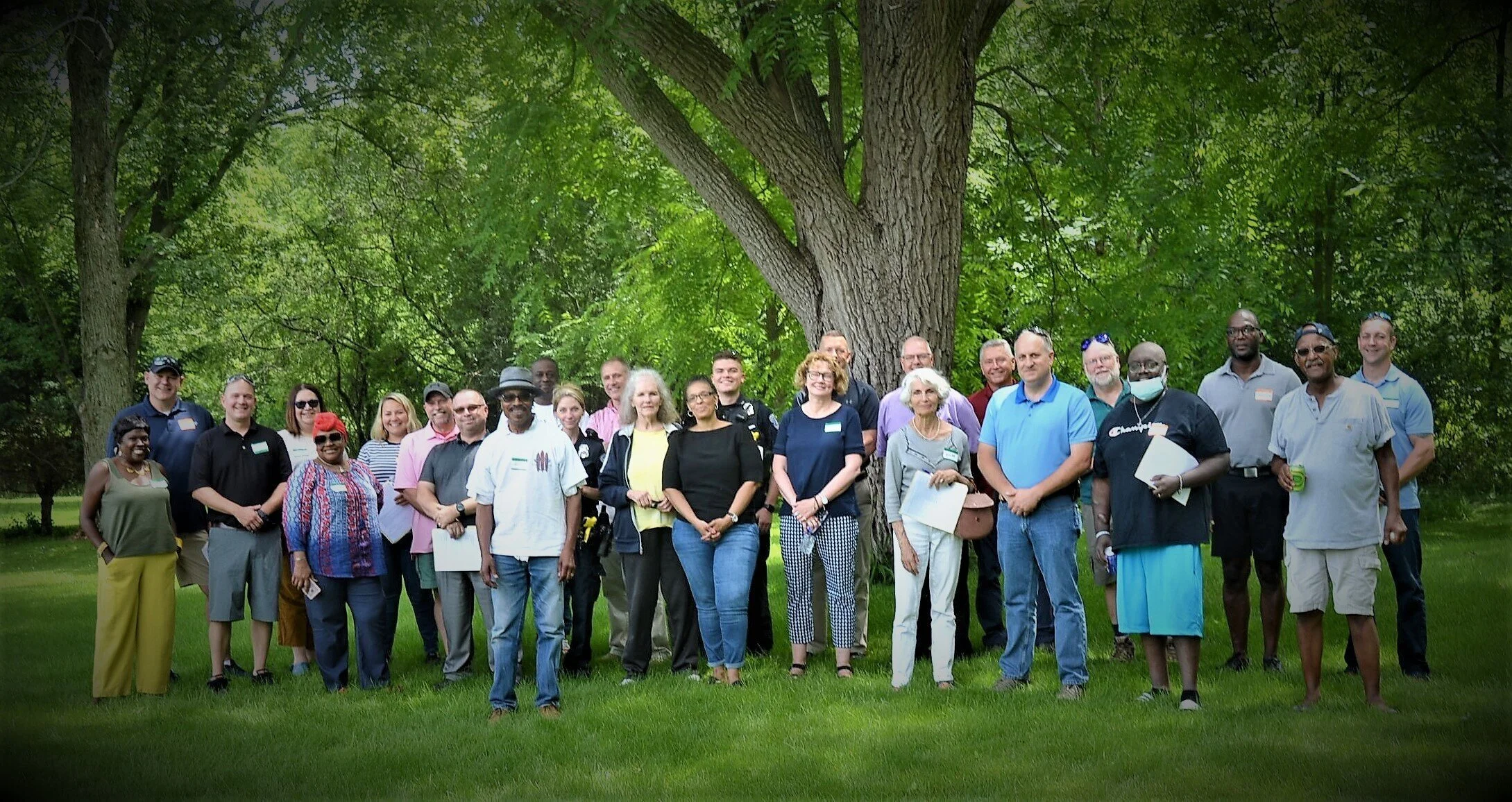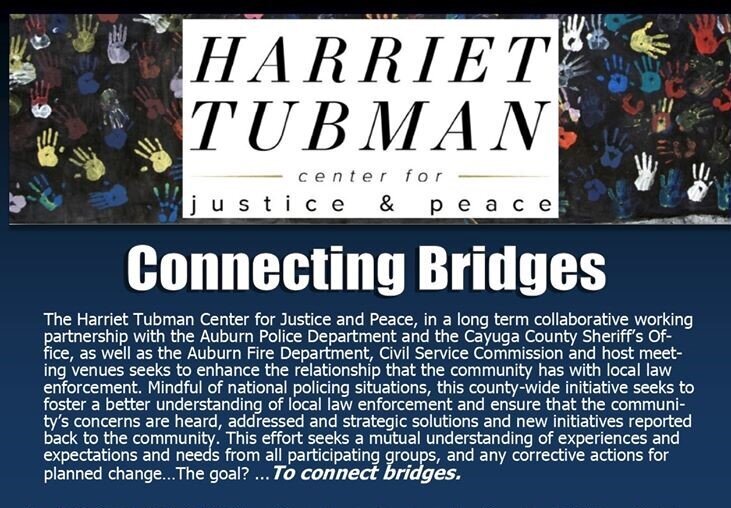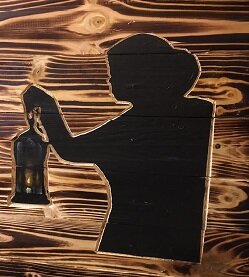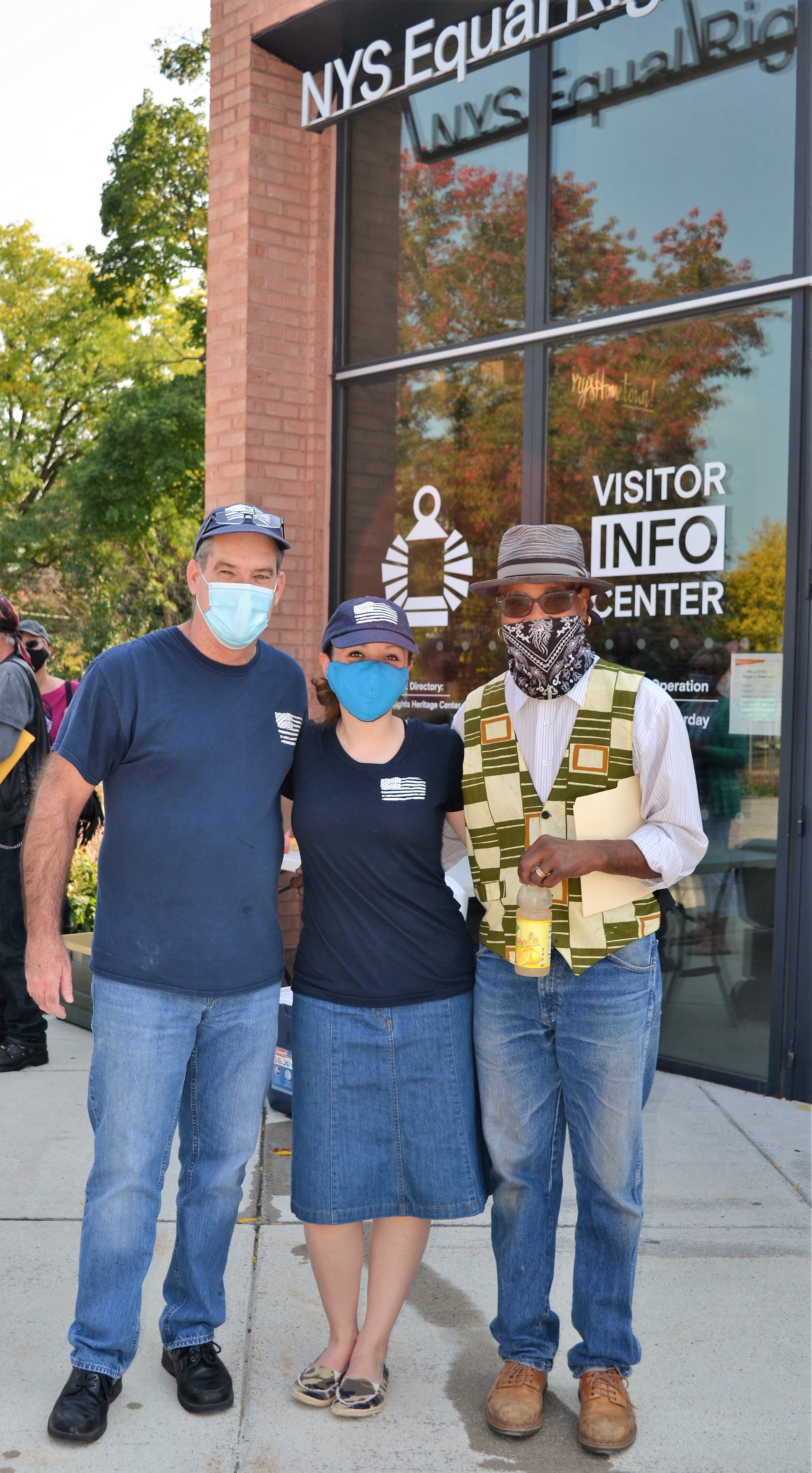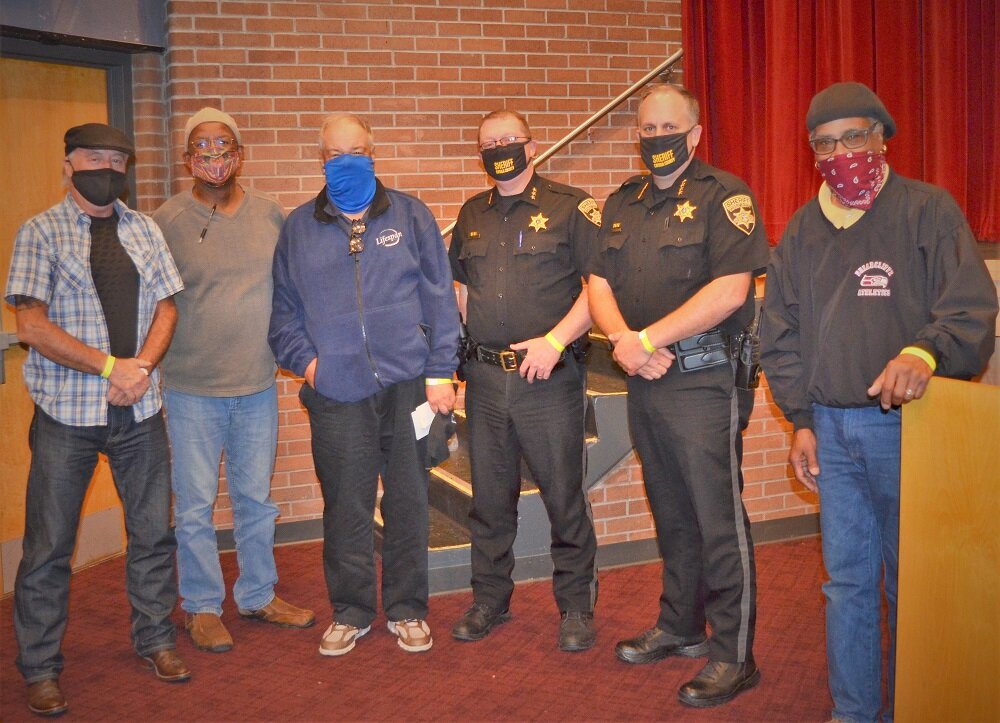“As we work with law enforcement to diversity its ranks, we strongly encourage people of color and others who are underrepresented in the County Sheriff’s office to apply. We understand that there are multiple levels of testing; however applying and taking the civil service exam are the initial steps to a career in law enforcement. Please share this information with family members, friends and associates who want to make a difference in how our communities are safeguarded and protected.
~ bill berry, jr., Chair, Harriet Tubman Center for Justice & Peace, Inc.”
'Willingness to change': Cayuga County orgs presenting Equity Challenge
Article published in The Citizen newspaper, by David Wilcox, Features Editor, February 11, 2021, Lifestyle’s Go Section
The day after Black History Month is over, several organizations in Cayuga County will continue the work of pursuing equity in the community with a new event.
The 21-Day Equity Challenge will give participants a free daily electronic package of videos, podcasts, texts and more throughout the month of March. With topics ranging from privilege to incarceration, the material is meant to improve people's understanding of the myriad impacts of inequity and racism. People can sign up at igfn.us/f/35in/n or https://app.mobilecause.com/e/37BHLA?vid=fg9fr.
The challenge was created in 2014 by diversity educators Dr. Eddie Moore Jr. and Debbie Irving, and since then it has been developed into a program that any community can employ. In Auburn, it was United Way of Cayuga County Executive Director Karen Macier who suggested the program to several partners after learning about it through her work at the agency.
"We're trying as an organization to take a look at our systems and the work we're doing with race, equity and inclusion," she said. "To be a better, stronger organization, to be a leader and a listener."
That work ramped up last year, Macier said, in light of the protests against police brutality in Auburn, Rochester and more cities nationwide after the deaths of George Floyd, Breonna Taylor and others.
Those who would partner with the United Way include CAP Cayuga/Seneca, the Cayuga Community Health Network, the Harriet Tubman Center for Justice & Peace, the Schweinfurth Art Center, East Hill Medical Center and Seymour Library. Together, they'll tweak the challenge in ways that more closely reflect this community, Macier said, such as making people aware of local resources.
The organizations also decided to make the local challenge take place on weekdays only, Macier continued, so it will last about the whole month of March while giving people breaks. She stressed that there are no tests or other forms of accountability for the challenge, so people can sign up without worrying what will happen if they miss a day.
But the United Way and its partners are planning some sort of follow-up to this year's program, and to continue it in subsequent years. Though the COVID-19 pandemic will make events like public forums difficult, Macier believes it's important that people absorb and share what they learned about inequity and racism in the Cayuga County community.
"We don't want people to just go through this and be done," she said. "Prepare to be a little bit uncomfortable and to learn some more. We have to have a willingness to change."
To learn more
For more information about the 21-Day Equity Challenge beginning March 1, or to sign up, visit igfn.us/f/35in/n or https://app.mobilecause.com/e/37BHLA?vid=fg9fr.
REGISTER NOW: Workshop/Discussion with Dr. Lucien Lombardo, March 24th, 9AM-12PM (Free)
This Workshop is FREE. Registration is required. Please email Gwen Deming by March 17, 2021 at ggdeming@icloud.com to RSVP. The Zoom link will be sent after you register.
Cayuga County law enforcement asks residents to join upcoming police forum -
The Auburn Police Department and the Cayuga County Sheriff's Office don't want the public to shy away from talking about their performance and what they are doing, positively and negatively, for an upcoming police forum.
Both agencies have been working with community stakeholders — including Auburn officials, county officials, those from Cayuga County-area municipalities and social justice group leaders — to review police procedures, practices, strategies and more and create a plan to improve in order to promote trust, address systemic racial biases and meet community needs, as Auburn Police Chief Shawn Butler previously said.
A public Zoom meeting for the forum was held Dec. 15, while another public forum is set for 5 p.m. Jan. 6 through that same platform.
People are asked to register for the upcoming Zoom event. The link is available on a Facebook page for the event. Community members are also encouraged to participate in surveys for the APD and for the sheriff's office. Questions include how the agencies do in providing services to the community, what equality and social justice related to local community law enforcement means and how the agencies can improve their transparency and accountability. The surveys are anonymous but there are questions about a participant's gender, age and race.
Butler and Cayuga County Sheriff Brian Schenck said the process with different stakeholders has been encouraging, but they hope for more community participation. They both added they'd like more people to participate and expressed a desire for a good turnout for the virtual forum.
Butler said APD's survey has been out for over a month, and as of Wednesday, 316 responses have been received, compared to over 26,000 people who live in Auburn. Hearing people's thoughts and opinions is "the only way we're going to change as people feel that we need to change," he added.
The APD is aware, Butler said, of the conversations involving policing following events such as the protests over the summer after the death of George Floyd, a 46-year-old black man killed earlier this year by a former Minneapolis police officer, and they want to hear from people.
Butler said they want to hear from the city's "marginalized or the underserved community" and the community as a whole.
"But what I really want to change, and we have over the last several years, is change the culture of this warrior mentality and (come) back to the servant mentality where we can have compassion and empathy for the people we serve, in the situations where that demeanor is needed," he continued.
Additionally, Butler said he encourages officers to engage with community organizations such as the Harriet Tubman Center for Justice & Peace and the Auburn/Cayuga Branch of the NAACP and different social service outreach organizations, to learn more about different perspectives.
Butler implored people to participate in next week's forum to tell the agency what's it's doing right and wrong. If people aren't comfortable with giving their opinion that way, he hopes they take the survey.
Schenck said the APD and the sheriff's office have had interesting conversations with the various stakeholders as part of the process so far. There were three subgroups: police structure and training, community relations and crime prevention and alternatives to police response and procedural justice.
Schenck encourages people to communicate via his work email at sheriff@cayugacounty.us and his desk number, (315) 253- 4337. He added he wants people to contact him and "feel comfortable that when they reach out and give me feedback, whether it's good or bad, I want them to feel comfortable that I'm going to take that feedback and try to use that to make our sheriff's office better."
Ultimately, Schenck said he wants to hear what the sheriff's office can do "to ensure that we're providing law enforcement services that fit the needs of our community.
"I want to hear from as many people that we serve as possible with that feedback, and they can let us know how we're doing or give us ideas so that we can do our job better or tell us what areas need improvement so that we can start working on that," he said.
Staff writer Kelly Rocheleau can be reached at (315) 282-2243 or kelly.rocheleau@lee.net. Follow him on Twitter @KellyRocheleau.
Register for the January 6th Zoom Event:
Meeting Registration - Zoom
Participate in Local Police Surveys:
Participate in Local Police Surveys - Your Feedback Matters!
Now is the time.
All too often, citizens feel left out of those governmental initiatives that have a direct and ongoing impact on their lives. Policing is a governmental issue that elicits a wide range of opinions and emotional responses. Under Governor Cuomo’s executive order No. 203 (The NYS Police Reform and Reinvention Collaborative,) local residents can influence how future law enforcement strategies, policies and practices are executed.
Over the next several weeks, community members, police and elected city and county officials will discuss and recommend a re-imagining of how the Auburn police and county sheriff’s office operate and its relationship with those residents they serve. The plan, due to the governor by April 1, 2021, is focused on future policing, and that perspective requires the involvement of all citizens, especially those residents who feel that law enforcement does not necessarily meet their needs or have had negative or unpleasant, if not traumatic, experiences with local or county officers.
The leadership of APD Chief Butler, Cayuga County Sheriff Schenck and their commanding officers reflects local law enforcement’s willingness to listen to and incorporate any needed change in the report to the governor that details how their operations and officers conduct the task of public safety.
There are two distinct surveys to get city and county residents’ opinions on policing. It is critically important for residents to take the time to complete these surveys since that information will inform the deliberations and overall tone of the final reports to New York state.
Now is the time to have your voice heard to influence how local law enforcement moves forward to serve and protect all of us in an equal, respectful and appropriate manner. The survey for city residents can be found at https://www.surveymonkey.com/r/APD_Connecting_Bridges and the survey for residents who live outside of the city in Cayuga County can be accessed at cayugacounty.formstack.com/forms/cayuga_county_survey.
I strongly encourage you to voice your opinions so our future will continue to strengthen strategic efforts to further improve law enforcement’s relationship with our community.
Bill Berry Jr.
Auburn
Bill Berry Jr. is chair of the Harriet Tubman Center for Justice and Peace and publisher of aaduna.
Enhancing Our Children’s Education
On Tuesday afternoon, October 13, 2020, Jeffrey A. Pirozzolo, Superintendent of Schools and Assistant Superintendent for Personnel, Jeffrey Evener (Auburn Enlarged City School District -AECSD) met with and briefed social justice leaders, Dr. Eli Hernandez and Dr. Rhoda Overstreet-Wilson (Auburn/Cayuga branch of the NAACP) Robert Ellison (City of Auburn Human Rights Commission) and Dr. Lucien Lombardo and bill berry (Harriet Tubman Center for Justice and Peace {HTCJP}) as to the district’s current endeavors to tackle and implement diversity and equity issues throughout the school system.
Using Zoom for some participants supplemented by in person physically distanced and masked participants, school officials articulated strategies developed by the AECSD to implement and further its initiatives to embed equity and inclusion throughout all phases of school operations. This strategic, long range effort will encompass curriculum enhancements, personnel recruitment and retention efforts, diversity-driven and systemic institutional changes, and better and more focused community outreach via a planned Equity/Diversity and Inclusion Task Force.
AECSD looks to enhance its efforts to engage the community to be mentors and participants in, and supporters of a written and measurable strategic plan to enhance student learning; to instill a greater appreciation of all racial groups and cultures that will better prepare students for a global society, future employment and a more comprehensive understanding of human dignity values. These core efforts will also recognize the vibrancy of student/teacher backgrounds in the learning process. Furthermore, the district has developed a “scorecard” to assess and evaluate specific objectives to reach its inclusion objectives, the creation of diversity task force that will engage all stakeholders in the education arena including community members, and a greater transparency so the overall community is informed of district initiatives.
The overall Mission of the school district may be furthered reviewed. There are recommended adjustments that can empower the district to fully capture the challenges and more importantly, vibrant opportunities to create a better and more encompassing learning environment driven by an organizational culture that embraces the dignity of all AECSD stakeholders.
Some of these points for further review and discussion centered on a basic point that the district’s mission should fully recognize and support the dignity of all members of the educational community: students, parents, teachers, administrators, and support staff. Other recommendations center on addressing problem identification and problem solving as integral components of maintaining a high-quality curriculum and instruction; recognizing the diversity of life experiences that students and educators bring to the educational process as critical components for institutional and meaningful change. And these recommendations should be grounded in and permeate all phases of primary, and secondary learning that enables all students to develop a sensibility as to what effective citizenship is while recognizing the intrinsic value of life-long learning.
Social justice leaders and school administrators understand that planned change is a long-range objective fueled by open communication and a cooperative spirit. And everyone understands and recognizes that while some objectives may be challenging in terms of implementation, budgetary constraints, and possibly long-standing inbred organizational culture issues, there is a willingness that effective partnerships can continue the over-arching goal to reach the goal of enabling the community to better understand and embrace differences while finding commonality versus difference as an unifying force to better the life of all residents.
The AECSD Power Point slide show featured below may give you a preliminary sense of these efforts and we recognize there may be gaps in understanding the metrics without a detailed explanation. However, as with other HTCJP efforts to present practices and protocols of law enforcement, we hope to coordinate a public (via social media and live stream) event when the school district is ready to rollout the full plan to the community. (There are currently small group meetings to flush out objectives and finalize doable initiatives.) At this point, it is premature to try to present the overall district plan before it is fully ready to be operational. But that will happen.








Remember, planned change is not an immediate situation. It is an evolving process that temporarily rests at the stage of action when it is ready for public presentation. And then the community will be informed and invited to be fully engaged in a variety of AECSD objectives that will help make the education of our children better. And with these planned initiatives. Our children, our future will be better equipped to be global citizens, leaders, and influencers.
Blue Matters...Black Matters...Community Matters
A “ Connecting Bridges” Initiative meeting held at the Schweinfurth Memorial Art Center, Auburn, NY on October 5, 2020.
(Left to Right) Lieutenant James Slayton, APD, Deputy Chief Roger Anthony, APD, Chief Shawn Butler, APD, Jack Hardy, HTCJP board member, Patrol Lieutenant Michael Wellhauer, CCSO, Custody Captain John Mack, CCSO, Dr. Lucien Lombardo, HTCJP board member, Sheriff Brian Schenck, CCSO, Kathleen Barnard, board member Human Rights Commission, Steve Webster, HTCJP board member, Dr. Rhoda Overstreet-Wilson, Vice-President, Auburn/Cayuga Branch NAACP. Not pictured but present, Brian Muldrow, Auburn/Cayuga Branch NAACP and bill berry, jr., HTCJP chair (Photo Credit: bill berry, jr.)
CONNECTING BRIDGES INITIATIVE
Getting To Know You: Round Two –
Getting Down to Business – The Start
Monday, October 5, 2020
9 – 11 AM
Schweinfurth Memorial Art Center
(Masks used appropriately and physical distancing was maintained.)
The purpose of this second, open discussion session was to continue efforts for law enforcement and social justice leaders to get to know each other. In addition, it was a conversation to begin to set the organizational foundation and platform for ongoing 2020-21 “connecting bridges” forums with the larger community. While we were not able to scratch the surface regarding subsequent community meetings that would include front line officers, that initiative remains a priority objective for the next session.
There is an understanding that it is critical to address community concerns regarding law enforcement practices, officer concerns, overall public safety, maintenance of equal policing treatment for all citizens even as we continue to tackle strategies to further promote employment possibilities and diverse employment ranks in all public positions.
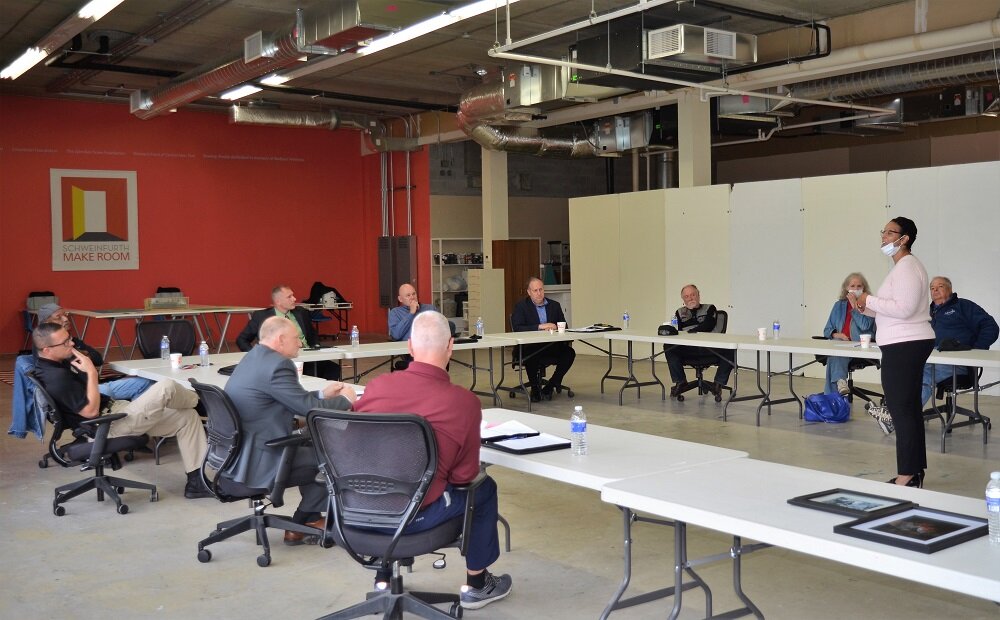
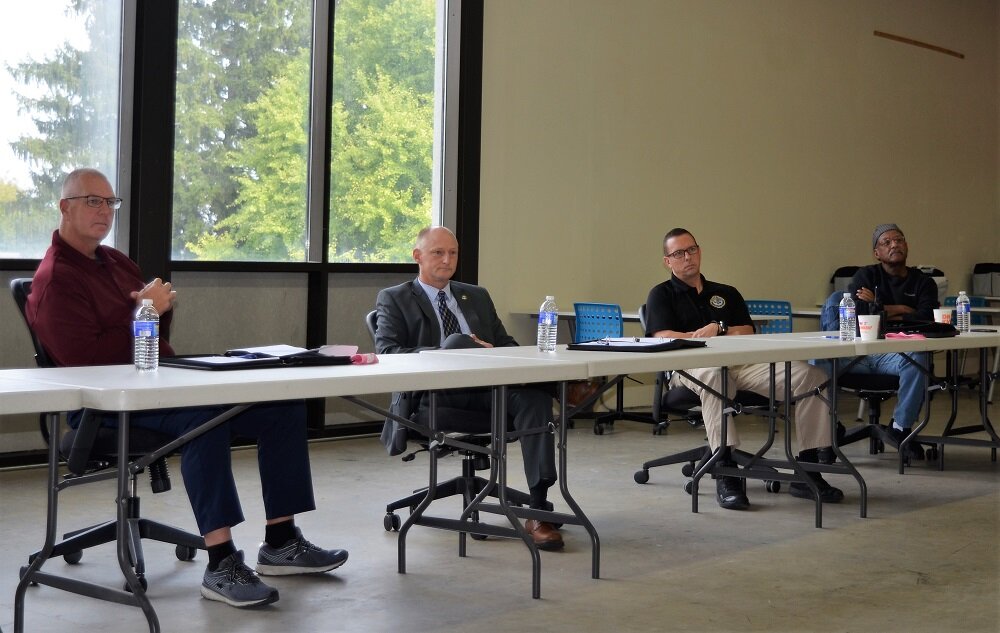
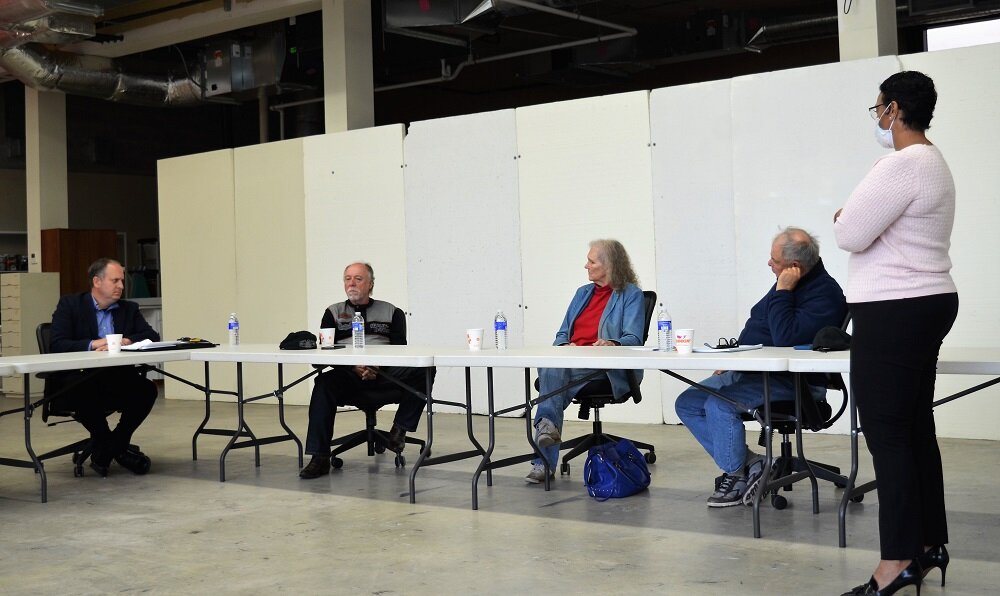
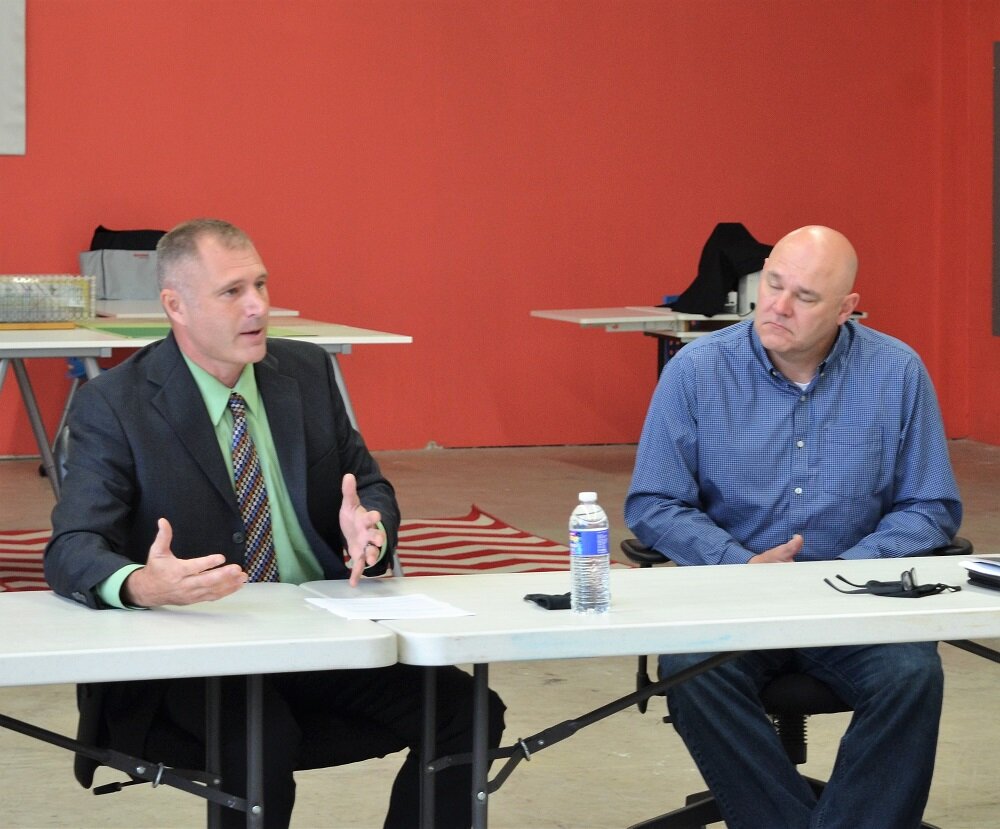
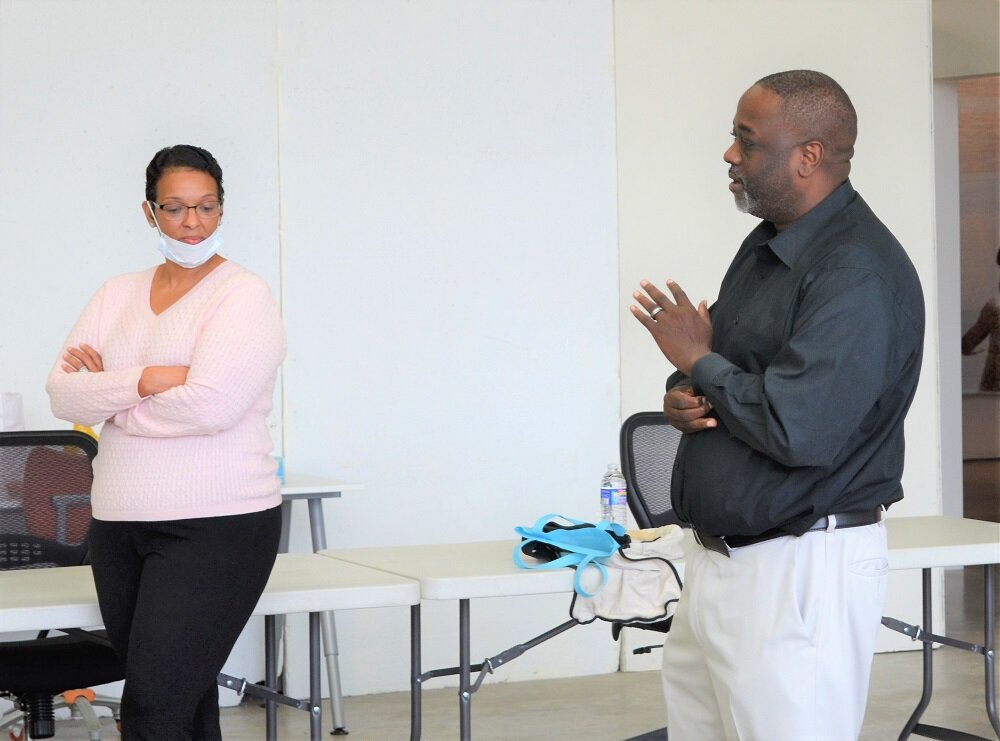
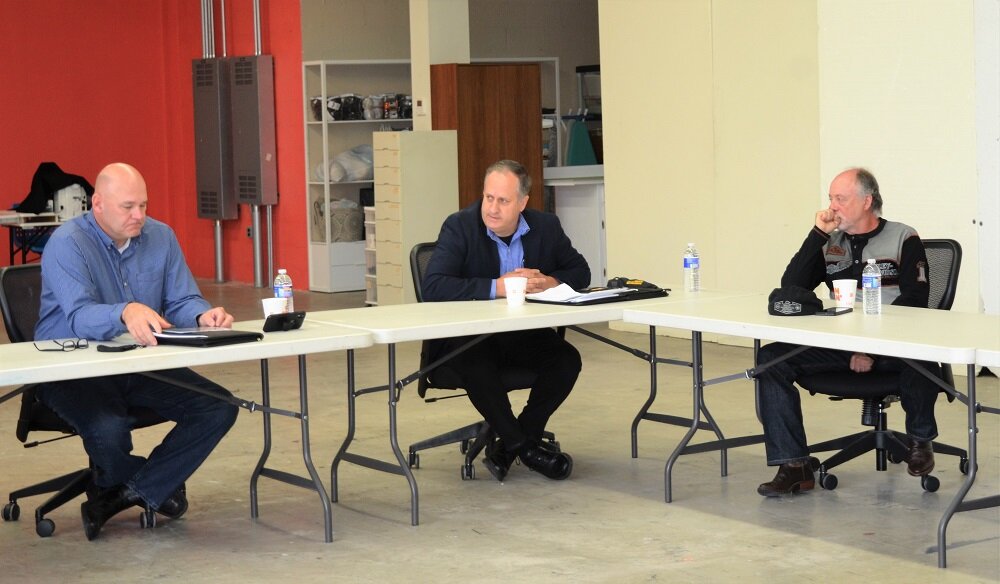

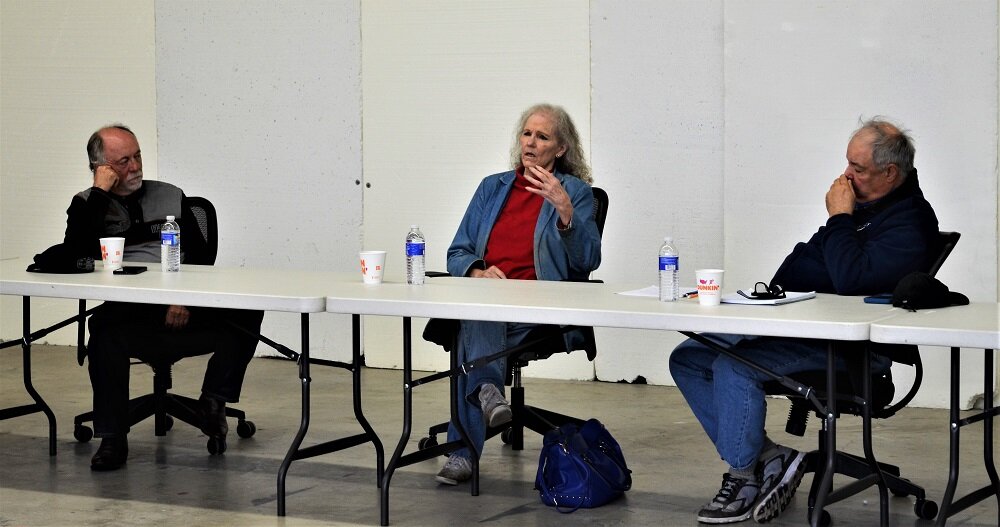

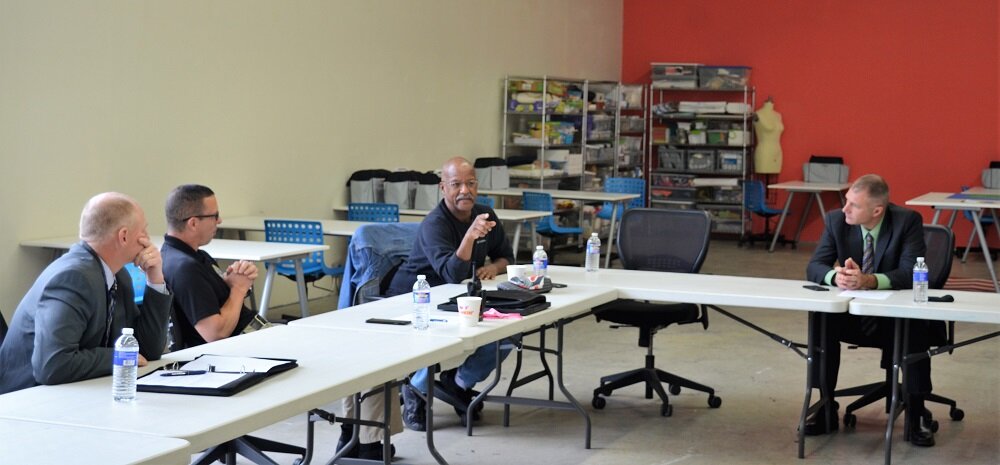
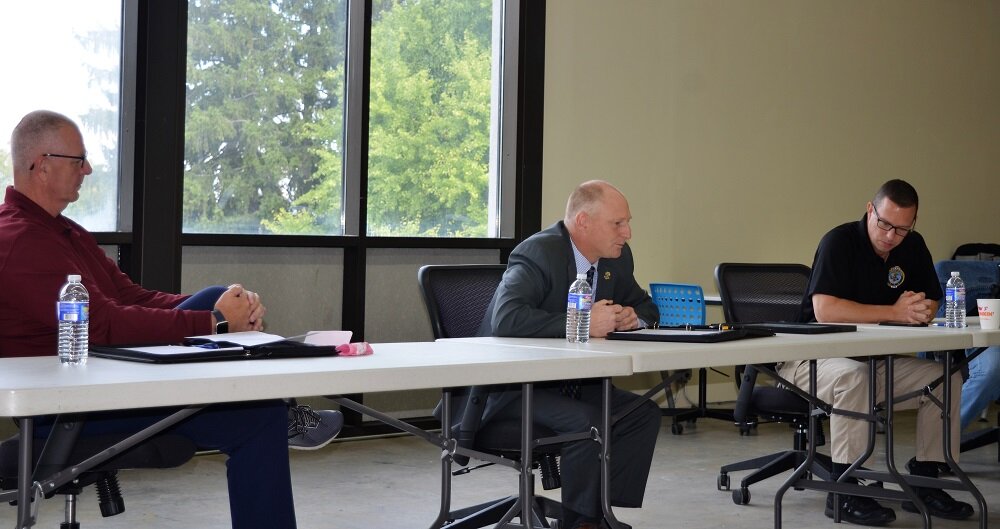
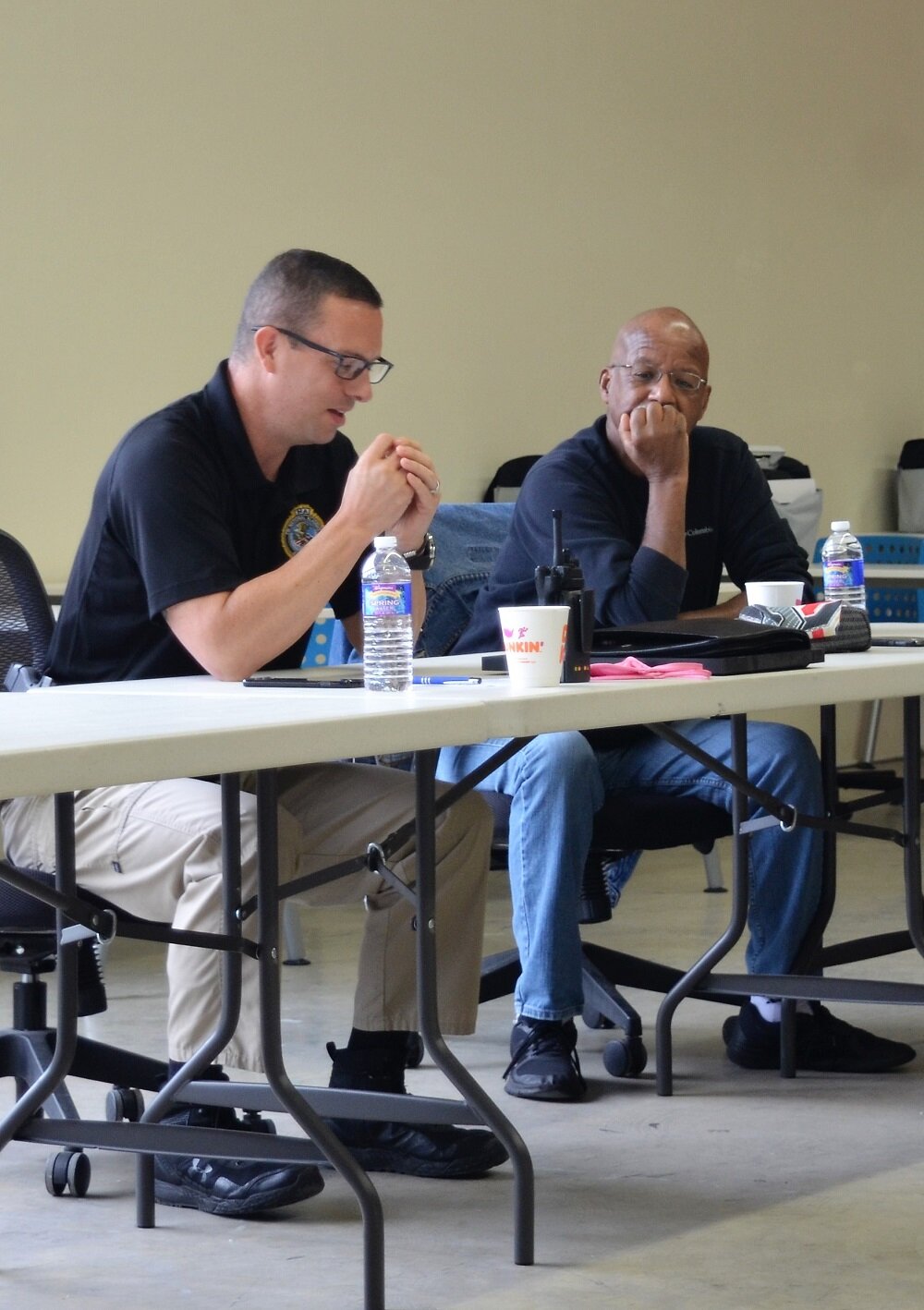
Notes on this meeting are provided after the agenda.
October 5th Agenda:
This is Who I Am – a pictorial roundtable and pass around that helps to define who you are as a person with a brief explanation*.
Describe yourself as a “spirit animal” and why – (You may want to reference Native American beliefs for guidance.)
What inclusions or exclusions should be made to enable the City/County to be stronger as a community; how do we make that happen? How do we measure planned changes?
What is the Number one priority and/or experience regarding your job or activism that the community should know about?
What continuously “scares” you – an opinion that can be job related or a nagging thought in general?
What should be the basic tenets in a “pact” with the community that seeks to combine differences as a shared obligation for mutual respect, understanding and appreciation for commonality; enhances the mutuality of law enforcement/uniformed services for officers and residents to serve and protect each other in a proactive effort for unified public safety?
{Coffee and orange juice were provided.}
* Bring a family specific photo that defines who you are as a person – individual or group family photos are recommended. No pets, landscapes, or any other third-party innate object photographs allowed.
* * *
October 5, 2020 Annotated Notes:
- Welcome & Introduction
- Sharing photographs with personal stories, and a challenge.
The challenge question to ponder: While people evolve and change over time, the core relationship between people of color especially African Americans and law enforcement has not changed on a global/national level. It portends to be the same relationship through several decades into the 21st century.
This getting to know you U-table exercise was to continue our proactive efforts to get to know each other on a personal level and not necessarily as someone defined by a uniform, job position, economic class or even a racially or culturally defined group.
- Discussion Themes and take-aways:
Recognition of local initiatives over the past few years that may be best practices as to the changing relationship between people of color and law enforcement; need to expand the participants by bringing other voices into the conversation. Emphasis on separating local dynamics from national occurrences.
Need to better understand and value the background of all people. Sort through the dynamics of power and its impact on those without. Work to understand how we got to be who we are and to understand and appreciate that others with different experiences got to be different! It takes work to understand and appreciate salient differences.
Articulated the effects of geography, where one grew up as a defining component of who you are and how that influences who you become through developmental years and maturity levels. Need to tackle who a person is and not by a physical feature or what that feature may represent. How does prejudice experienced as a youngster shape one’s worldview as an adult.
Recognize in discussions that at one level we are part of one community (city, county, state) but on other levels we are simultaneously part of different communities of experience and culture (racial, ethnic, socioeconomic, occupational – e.g. police communities). At this level we also have different experiences across and within each characteristic!)
The complexities of military service that can create a singular mindset and group experience that suggests a denigration of differences. And how folks still hold onto difference in various social settings. Have to tackle the systemic obstacles that deny opportunity to African Americans and how white parents do not bring the same concerns of survival to their children in the manner that black parents have to engage their children. Must ponder the consequences of drug and alcohol abuse on the societal temperament and perceptions of all people regardless of a race.
The importance of family as a common denominator among all people. As well as the critical importance of children and their friendships growing up. Need to embrace our youngsters’ ability not to see societal barriers to friendship and group play devoid of those indicators that continue to divide adults. What are the dangers of assumptions?
The overwhelming impact of a significant other regardless of the societal construct that may try to define that relationship. The value of teaching and embracing differences as well as the fear that those differences may bring based on surroundings. The need to build relationship among and between people. What is the intrinsic value of geographical size in terms of relationships? What is possible and achievable being a small community versus a large regional sector or diverse city?
The need for a camaraderie of shared experiences even within the artificiality of separateness. The inherent danger of “painting” a group with a broad “brush” based on the act or actions of a single individual who may look like but not necessarily represent a racial group the individual may belong to. The need to better understand and comprehend the critical juncture and apex where white privilege is confused with racism. These characteristics are distinct, but all too often are meshed to take on the mantle of sameness. The intrinsic hurt when one neighborhood is deemed better than other neighbors fueled by racial attitudes without understanding the larger forces that create less-desirable neighborhoods based on race and culture. And how do we maintain the significance of tribal communities (if we value that distinction) when there is the need to develop a singular concept of community?
The need to listen and really hear varied opinions.
The value of diverse community where shared values and attitudes can be embraced by the entire neighborhood. What has happened to the old-time community/neighborhood dynamics where residents valued each other, and their families could morph into a larger community family? Understanding the dynamics of the digital age on growing up and the resulting disassociation with each other.
The commonality of anxiety, apprehension and fear that is instilled by national events and incidents and how those situations permeate and influence local communities and grassroot movements seeking change.
What are the initial motivators when law enforcement interacts with the public especially if “color” is not a driving force?
How does exposure and interpersonal relationships impact trans-generational relationships when age and life experiences are radically different?
- Characters of community:
Ability to listen and really hear
Enable missteps without onerous or demeaning reactions
Appreciate different life experiences
Constructive dialogue and criticism should be the norm
Take time to learn and understand
The ability to transition what you thought you knew to accepting what you now know
Disagreements are not necessarily obstacles if opinions are grounded in respect
Evolution of understanding and the willingness to bring in voices that are not necessarily heard
The ability to move past the uncomfortableness of personal sharing to expose the real person
Try to expend from just doing the job towards a better sense of belonging to a community
Strengthen the ability to be patient.
Focus expectations with a realm of human dignity Recognize and appreciate our own human dignity and the human dignity of others.
Transformative nature of planned change
The need to lead by example
Face to face interactions needed in a greater frequency
Find solution
Equal Rights Heritage Center Receives Surprise Gift
Sunday, September 27, 2020
(left to right) Courtney Rae Kasper, ERHC Visitor Experience Manager, and Stephanie DeVito, Executive Director, Auburn Downtown BID & Operations Manager, Equal Rights Heritage Center (Photo credit: Lisa Brennan, HTCJP Secretary)
On Sunday, September 27, 2020, the Equal Rights Heritage Center was the recipient of a surprise gift presented by the Board of the Harriet Tubman Center for Justice and Peace.
At a small private outdoors ceremony governed by COVID regulations on distancing and facial coverings, Stephanie DeVito, Executive Director, Auburn Downtown BID & Operations Manager, Equal Rights Heritage Center and Courtney Kasper, ERHC Visitor Experience Manager accepted a specially designed handmade wooden flag to commemorate the dynamic impact the ERHC continues to have on the overall community and out of area visitors to the site.
The flag, designed by Michael Brennan, CEO of FLX Flags, formerly known as Flags R Us, is made from solid pine wood and is 3’ high, 5’ wide and weighs 28 pounds. It contains an engraved silhouette of Harriet Tubman that is based on a Lisa Brennan photo of the statue that adorns the ERHC’s plaza. The 48 stars, which were hand carved, recognize the number of states that were part of the USA when Tubman passed away in 1913. The lantern and its glow represent her many rescues of enslaved people traveling in the dark with just the moonlight and stars as a guide.
The gift was made possible through a donation to cover the production costs provided by Gilda Brower, a founding member of the HTCJP and its current vice-chair. Based on an idea initially proposed by Mr. Brennan in the early summer, subsequent design discussions finalized the concept and Brower’s funding sealed the arrangements.
Stephanie DeVito, executive director of the Auburn Downtown BID and operations manager of the ERHC stated, “Our continued collaboration and partnership with the Harriet Tubman Center for Justice and Peace board is immeasurable. The gracious gift honoring “Harriet’s Hometown” is immensely appreciated. A welcomed and beautiful addition to the collection of history and culture that we proudly exhibit will shine a light onto the City of Auburn and our community. Your generous gift that was bestowed to us by Gilda Brower will continue to live on for future generations. It is with great pleasure that we will display, honor, educate and continue sharing the great story of Harriet.”
Bill Berry, Jr., chair of the HTCJP was joined by the majority of Board members including Vijay Mital, another founding member and Dr. Lucien Lombardo, the past HTCJP chair. Berry applauded Ms. Brower’s generosity; thanked DeVito and Kasper for their leadership, and recognized Auburn City government for its proactive and strategic activities to further enrich the life of residents as City Councilor Jimmy Giannettino looked on.
Kasper echoed similar sentiments, “Thank you to the Harriet Tubman Center for Justice and Peace Board for this special surprise. We are honored by the Board’s recognition of our continued efforts to promote Auburn’s rich heritage and shared mission in honoring ‘Harriet’s Hometown’ as a most welcoming city. And a special thank you to Gilda Brower for her kind donation that made the creation of this custom piece possible. We graciously accept this thoughtful gift and are excited to share it with our community and visitors!”
There has been no decision yet as to where the flag will be placed.
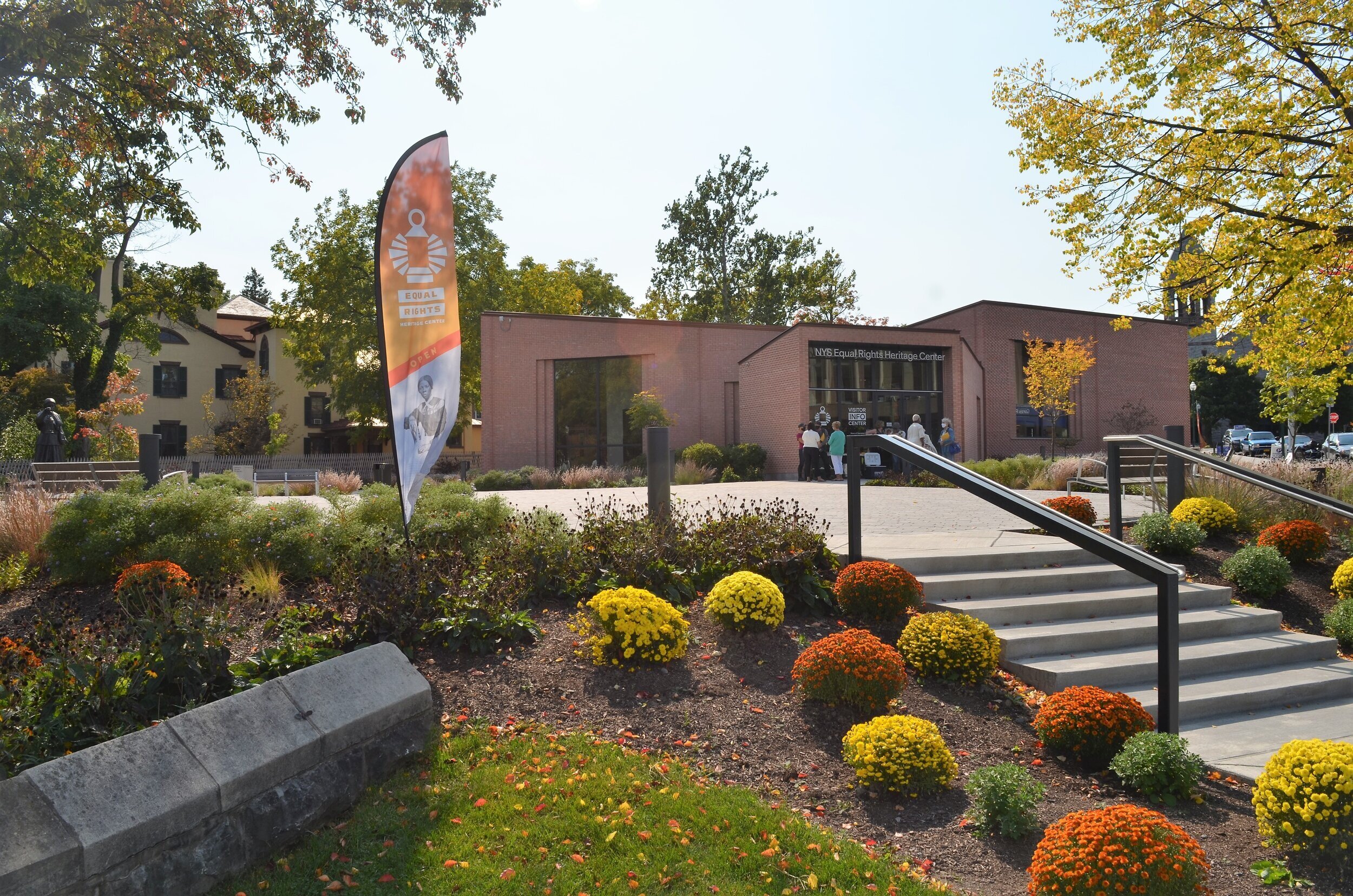
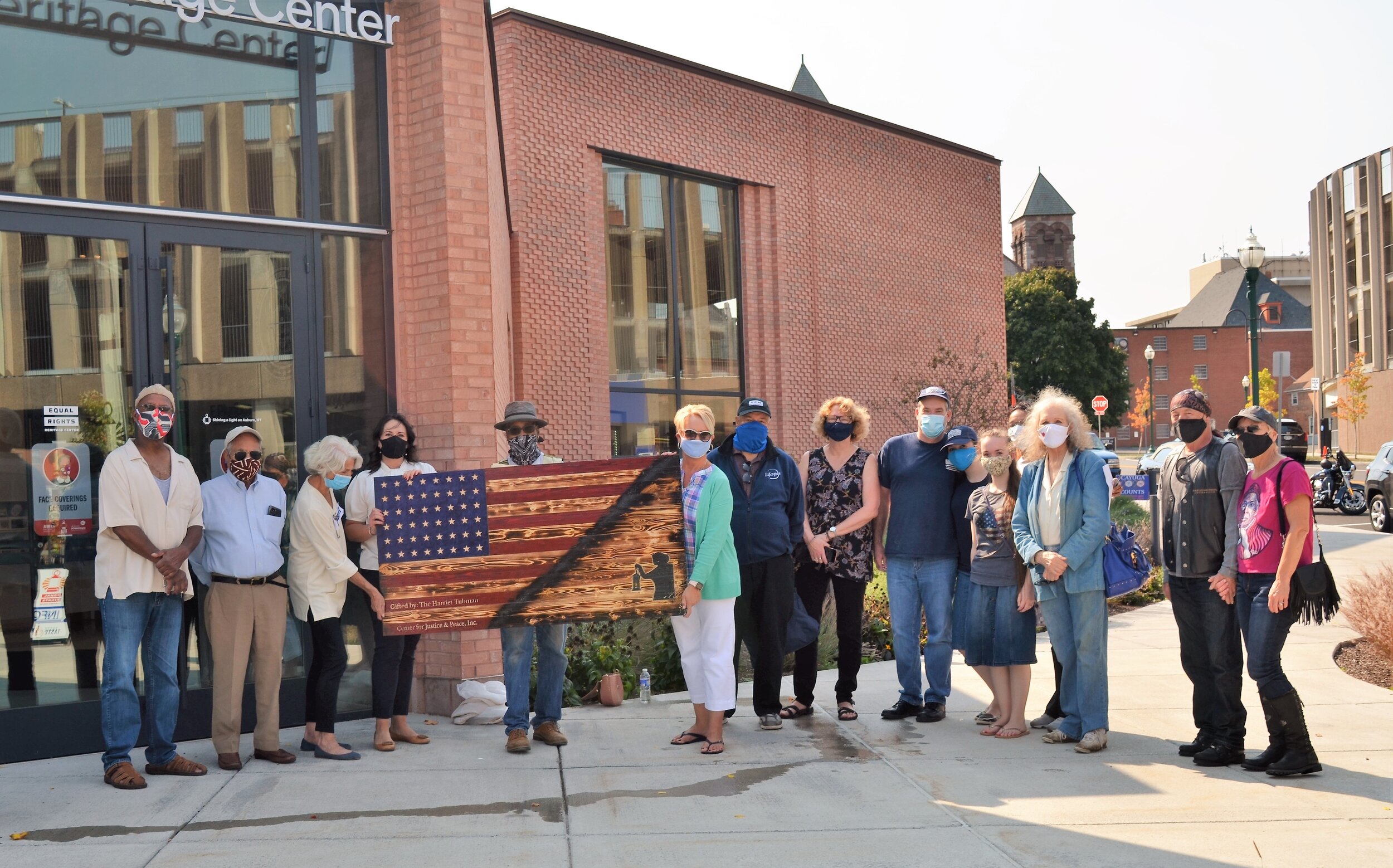

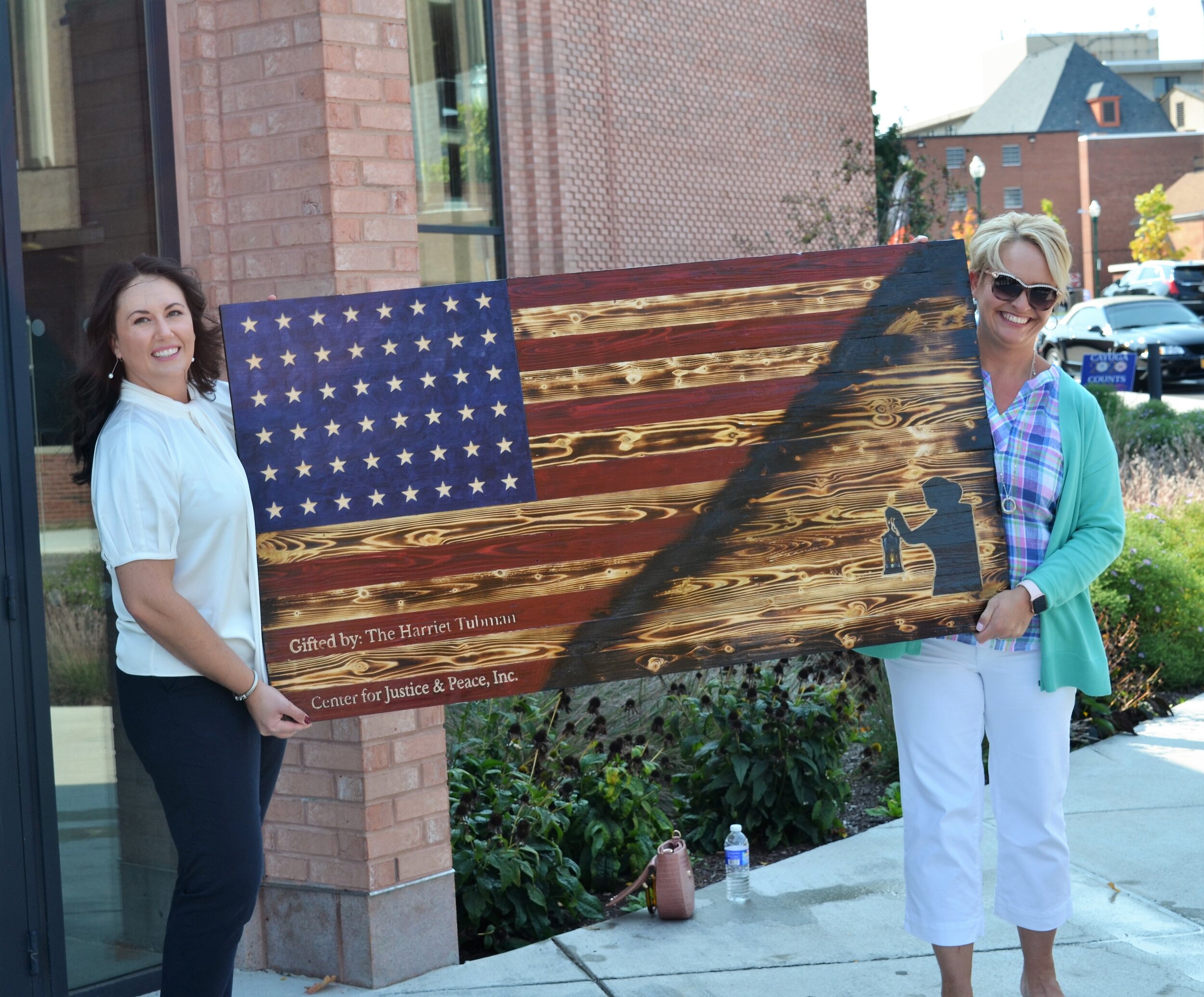
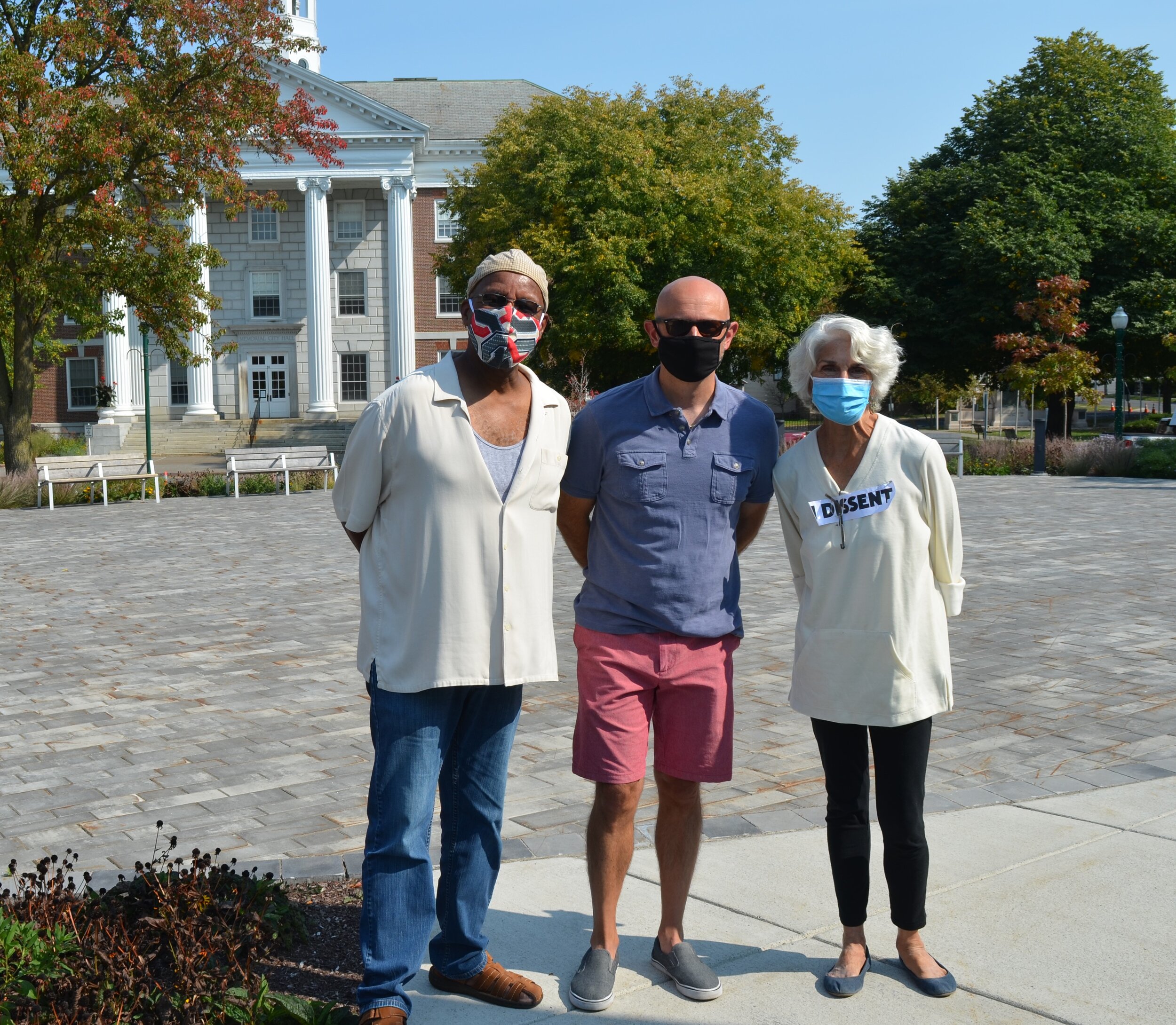
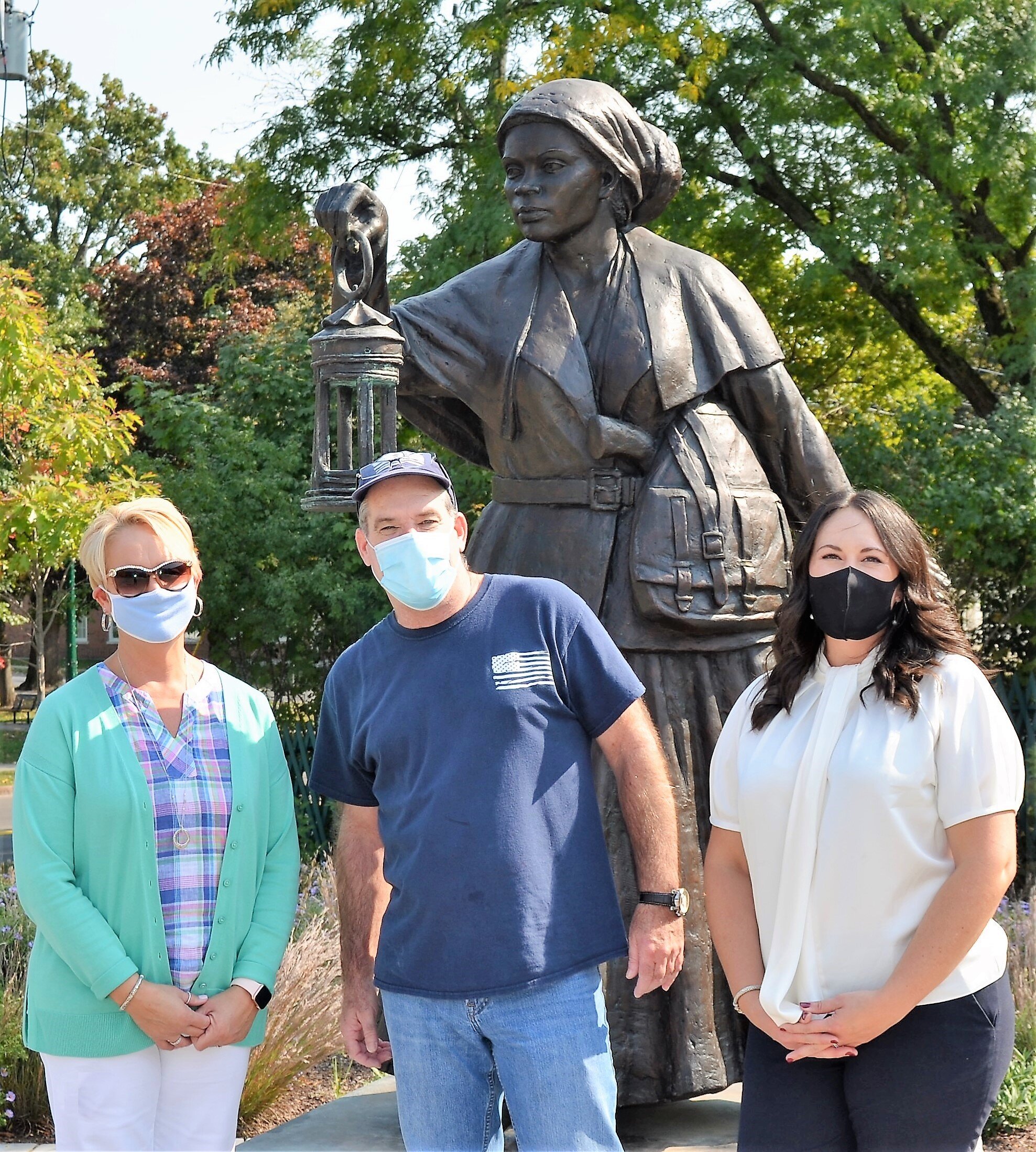
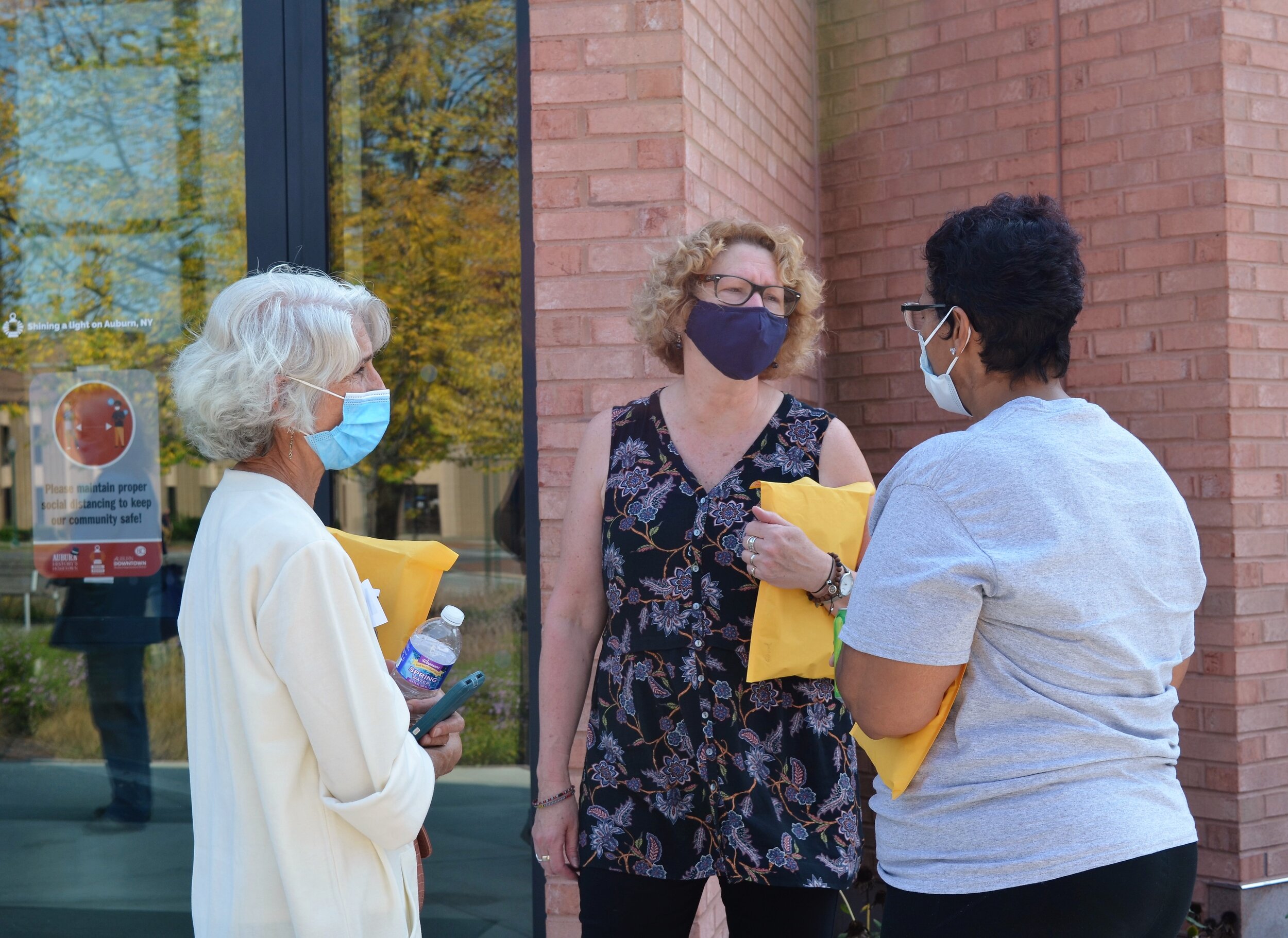
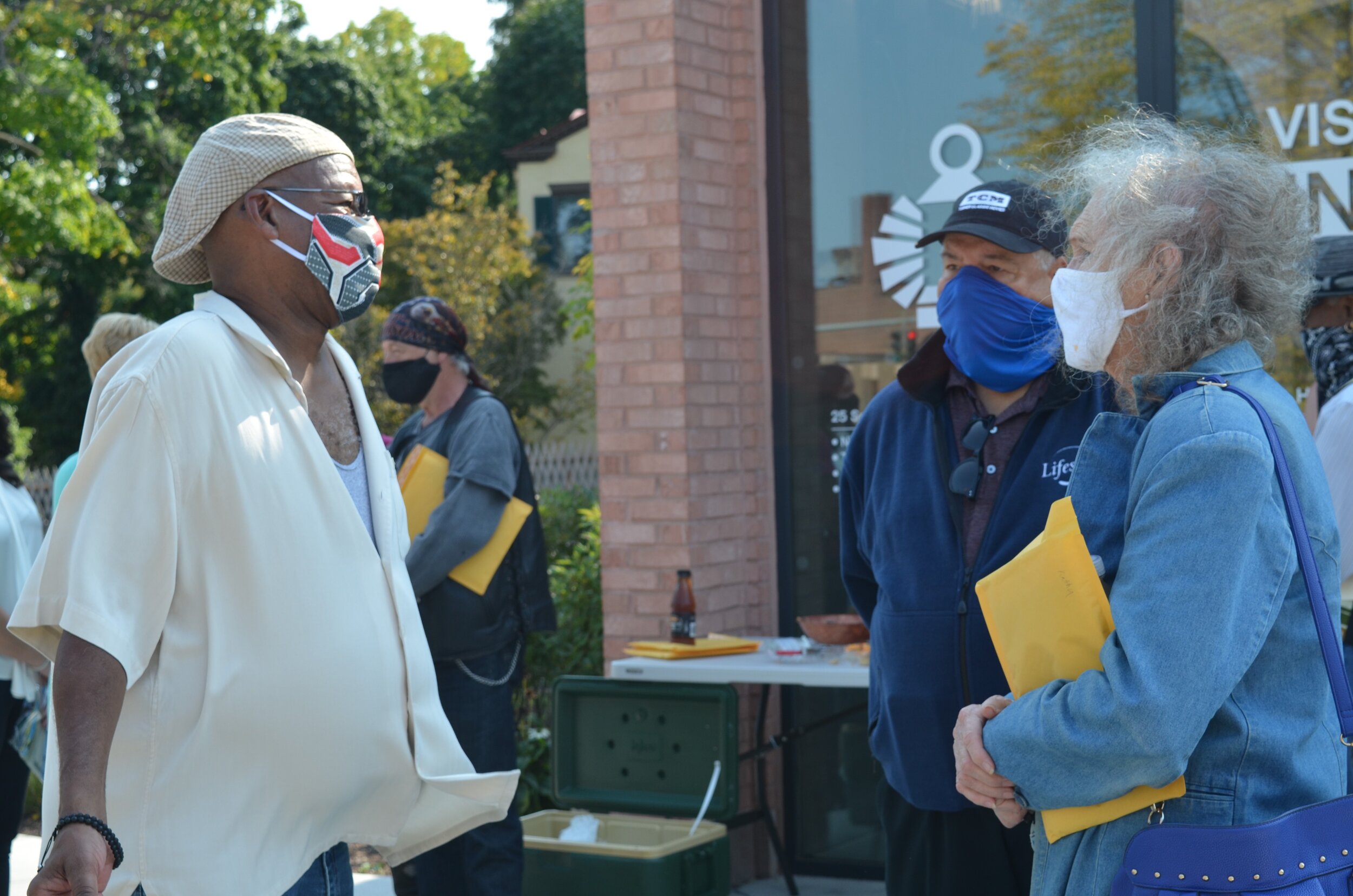

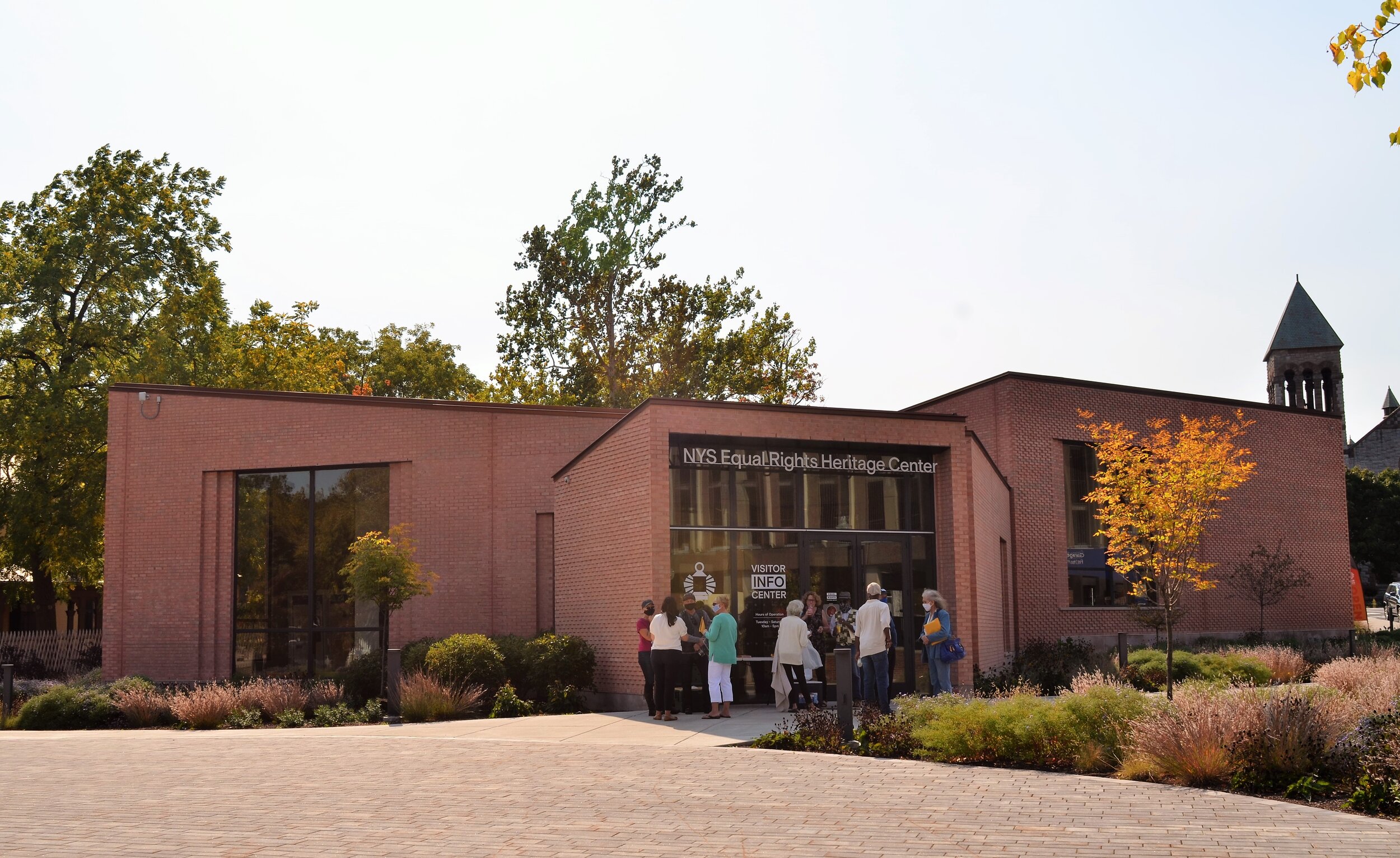
The Equal Rights Heritage Center and Taste NY Market are open to the public Tuesday – Saturday 10 a.m. to 5 p.m. and Sunday 12 to 4 p.m. Winter hours will begin November 1 and then the hours of operation will be Tuesday – Saturday 10 a.m. to 4 p.m. All visitors are required to wear a mask while in the facility. For information about visiting Auburn and its many historic and cultural attractions please go to visitauburnny.com
Experiencing the Auburn Police Department: This was not the movie “Ride Along” with Kevin Hart and Ice Cube or a remake of the classic TV police drama “Hill Street Blues”
I suspect there is trepidation whenever you are faced with a planned activity that you do not know what to expect or a spontaneous unplanned meeting with your boss, an expected call from your doctor with test results or when you have to deal with anyone in authority and you do not know why.
Experiencing anxiety is probably thrown into this emotional vortex of trepidation especially when your “fate” is planned in advance; is circled on your calendar with big asterisks, and each day prior gets a big “X” before going to bed.
Wednesday, September 23rd was my day (co-shared with Lisa Brennan.)
It was the long scheduled “Ride-A-Long” with an Auburn, NY police officer. A four-hour commitment into the unknown and little experienced world and job of a police officer.
Our involvement was a proactive endeavor to better understand and “appreciate” the rigors of that job. A job that is minimally understood by the public. And that lack of insight may be due to the job’s inherent, ever-changing complexities and layers of operational oversight. It may also be due to the public’s one dimensional viewpoint of that job as just being centered on apprehension, arrest and unfortunately for a small handful of some officers a use of force that goes above and beyond; errant behavior fueled by a profound disrespect for the lives of folks who may not look like them, and therefore are not accorded the “to protect and serve” provision of the sworn oath.
Police work, like any other job, is tempered by some tediousness, by observation, waiting, detailed paperwork, camaraderie, cramped office space, wit and humor, boxed pizza or refrigerated food that is forgotten because the demands of the job did not give time for a food break. It is a job where being on alert and ever watchful is an always consistent sensibility. Expecting your fellow officers to have your back because the rigors of the job, the monthly changing quadrants of coverage, the minimal info on a call from dispatch ratches up your emotions because you really do not know what to expect at any possible crime-related scene or when a police presence is requested by a citizen or required by a situation.
These are my Ride-A-Long take-aways even though my experience was grounded in waiting…for fire department officers to assess an arrested person’s health due to drug misuse; ambulance personnel transporting the person to the hospital; waiting while health care workers did assessment, blood tests and evaluating whether or not admittance was warranted…waiting. …and then some.
And while there was acknowledgment by hospital staff that there was an apprehended patient present, I brought my “dark humor” to the forefront since it became evident that the wait time for this person was really no different from that of the average person seeking hospital care. I further realized certain patients are well known by hospital staff since they routinely work the system to delay an arraignment in court and possible jail time. And then you remember what you already knew…some folks know how to work the system…to delay jailing…to be silent or to talk when it benefits her/his agenda. And you become more respectful as to how officers “treat” those in custody. The humaneness and basic respect accorded the arrested person and the embedded training to follow the law regardless of what the person in custody manipulates to their advantage. The officer’s patience. Their chit chat while waiting. The head nods or brief words to fellow officers who are in the same place, at the same time. The waiting.
Waiting.
Eventually the medical assessment determined no admittance was needed. Onto the Cayuga County jail. Intake. Waiting. Trying to catch another call to give the guest rider another view of the job, of policing, of keeping the community safe.
Overall, it was a quiet evening, possibly uneventful in the larger scheme of policing but enlightening and informative. My officer had the opportunity to catch up and do her paperwork. With a quick meal at the computer while typing. Other officers engaged me in what they do; shared photos; enabled me to see them as people and not some monolithic entity; shared the ins and outs of what they do, the standards they hold dear; a willingness to share their passion, their job, who they are.
The officer I shared the patrol car with had a passion to help others at an early age.
It was the summer of her 16th year of age when she was working as a lifeguard. A co-worker called her and asked if she could work. She declined. She would be venturing on an educational camping trip in the Adirondacks and therefore, out of town, unavailable. Had she been home, she knew she would have taken the shift. While she was away, a young boy drowned. Erase the trip, she would have been there, on duty, lifeguarding. Would her presence have made a difference? She will never know.
A year earlier at 15, as with other Americans and the global community, 9/11 was a huge factor for her. An impressionable moment that would serve to mark her life in a pointed manner. While in college, she thought the legal profession would be her career, becoming a lawyer. Interestingly, she abandoned that goal after an internship with the Livingston County Sheriff’s office located in Geneseo, NY. She was hooked. Motivated. She knew law enforcement was what she wanted to pursue and continue to do as her professional career.
Lisa rode with another officer and Lisa’s impressions were distinct, different, another aspect of the policing job.
First twenty minutes in the car, one domestic violence incident was broadcast. We drove past that residence after observing that there were already two patrol cars at the scene. We then drove to the downtown parking garage where an older seventy-ish lady had her unlocked car broken into and fifty dollars stolen.
From there....
There was the report of a woman in camo pants acting up near the Quik Fill gas station on West Genesee Street. She was aimlessly wandering in the street in the midst of traffic, an unsafe situation. Possibly under the influence, this woman was with a male who was adversarial but did not disrupt the police involvement. With her identity finally known, even as she claimed a different name, it was then confirmed that a bench warrant for her arrest was still active. The woman was handcuffed, the first such procedure I ever witnessed, and then put in the back of the car where I sat directly in front. Even with the separation of the crisscrossed protective bars, my heartbeat quickened, and I wondered what would happen next. She appeared despondent and quietly out of it. Her demeanor did not lessen my anxiety.
We went to the APD for processing and initial medical screening by fire department personnel. The woman claimed to be nauseous, and not feeling well. She admitted to using and being tripped up on "Molly." The Auburn Fire Department conducted a preliminary medical evaluation when four firemen arrived with their medical assessment equipment. An ambulance was called. This woman was then transported to Auburn Memorial Hospital always with two officers accompanying her. While bill was with another officer in a separate patrol vehicle, we “stood guard” with the officers until almost 7PM when it was medically deemed that she did not need to be hospitalized. Upon discharge from ACH, we drove to the county jail to "check her in" for processing.
WHAT A NIGHT!
I survived. I am haunted by the apprehended woman, her glassy, empty eyes and missing front teeth with other toothless spaces. This was my first experience seeing someone totally tripped out on drugs. She was somewhat an example of the walking dead... a zombie….what you see viscerally in movies; but this was the tragedy of real-life addiction. A life being slowly sapped. It was so incredibly sad. But never once was she demeaned or disrespected by the officers or any other “first responder.” They gave her a semblance of dignity.
I had some great conversation with the officers, especially my officer regarding what it is like to be a female police officer. She loves her job, clearly. Finding balance is key for her. When she leaves duty, she uses her drive home as an opportunity to decompress, where she is finally able to let some things go as she is greeted by her dog and that makes everything alright. When she removes her uniform and is no longer “Officer so and so, she is just who she is as a person. (That's what she said to me... really great conversation; to see her as an individual and not the uniform or the job.)
We also talked about pushups.... that it is hard for a woman to do pushups because we are not built that way. The vest, which weighs almost 25 pounds, and then the belt with all the police paraphernalia adds more weight. (It is not a job for everyone.)
So, do not underestimate a female officer who responds. She is focused, ready and equipped to be a police officer and handle a variety of situations to deescalate and shift the dynamics of troublesome situations.
It is that simple.
* * *
The APD officers through quiet moments of reflection, their professional stance when confronting a situation, and sharing unbiased and unscripted answers to questions they may have heard a thousand times from others made us feel (as separated individuals) like this was the first time hearing such questions. And while in separate cars, when Lisa and I shared take-aways, we assessed that both officers were proud to be members of a profession that continually seeks to serve the common good and ensure public safety.
We thank these officers for their patience in answering questions and giving us the opportunity to better understand their job. Bottom line? We would need a week of ride-a longs to fully comprehend what officers do since no ride along is the same or can be predicted as to what may come over the dispatcher’s broadcasts.
The bottom line?
Police work is complex and fraught with the extraordinary demands of accountability and public expectations for fairness and equal treatment.
Some departments leave a lot to be desired.
Some departments make the effort every day to have patrol officers, command staff and administrative leadership embody their oath of office…”to serve and protect.”
An Auburn Police Department Ride-A-Long may not be the preferred option for some of us, the way we want to use our free-time. However, is it worth the effort?
Bottom Line?
Yes. Period. Yes.
Lisa and I appreciated the officers’ time, as well as Chief Butler and Lieutenant Slayton for their arrangements and ongoing willingness to enable the general public to have opportunities to enter their world, see what they do, and have your own take-aways. Everyone at APD, especially the officers who had us as tag alongs, lessened the trepidation and anxiety while they opened their world to us. Their gesture was heartily appreciated.
Thank you.
bill berry, jr., chair, HTCJP
Lisa A. Brennan, secretary, HTCJP
Cayuga County Sheriff's Office Presents, “Who We Are… What We Do…How We Do It”
Cayuga Community College Auditorium, September 14, 2020
(Left to Right) Harriet Tubman Center for Justice & Peace (HTCJP) board members, Steve Webster, Jack Hardy, Dr. Lou Lombardo, Undersheriff Wm. Steven Smith, Sheriff Brian Schenck and bill berry, jr., Chair, HTCJP (photo credit: Lisa Brennan)
Monday, September 14, 2020 at 2 PM in the auditorium of Cayuga Community College, SUNY, the Cayuga County Sheriff’s Office presented a community initiative that poignantly detailed “Who We Are… What We Do…How We Do It” via YouTube and live-streamed on the Harriet Tubman Center for Justice and Peace (HTCJP) Facebook page. The Tubman Center was the principal sponsor in its ongoing series of “Connecting Bridges” community engagement discussions in partnership with the Auburn/Cayuga branch of the NAACP and the City of Auburn’s Human Rights Commission.
The second and final local law enforcement dialogue was developed to enhance the larger community’s understanding of county public safety issues and practices. (The City of Auburn Police Department (APD) did the initial presentation on August 10 led by APD Chief Shawn Butler.) The CCSO led by Sheriff Brian Schenck and Undersheriff William Steven Smith , as well as their colleagues who are the Command Officers, adroitly detailed and articulated the agency’s mission, policies, protocols, practices, proactive community engagement, and officer wellness to a limited in presence audience due to Covid -19. Invited audience members wore facial covering and were physically distanced by pre-arranged seating. Upon arrival, participants were temperature checked and responded to the Covid-19 inquiry questionnaire while also providing contact data in case there was a need for contract tracing.)
Enjoy the slide show below of the presentation by the Cayuga County Sheriff’s Office. (Photo credit for all images: Lisa Brennan, HTCJP Secretary)
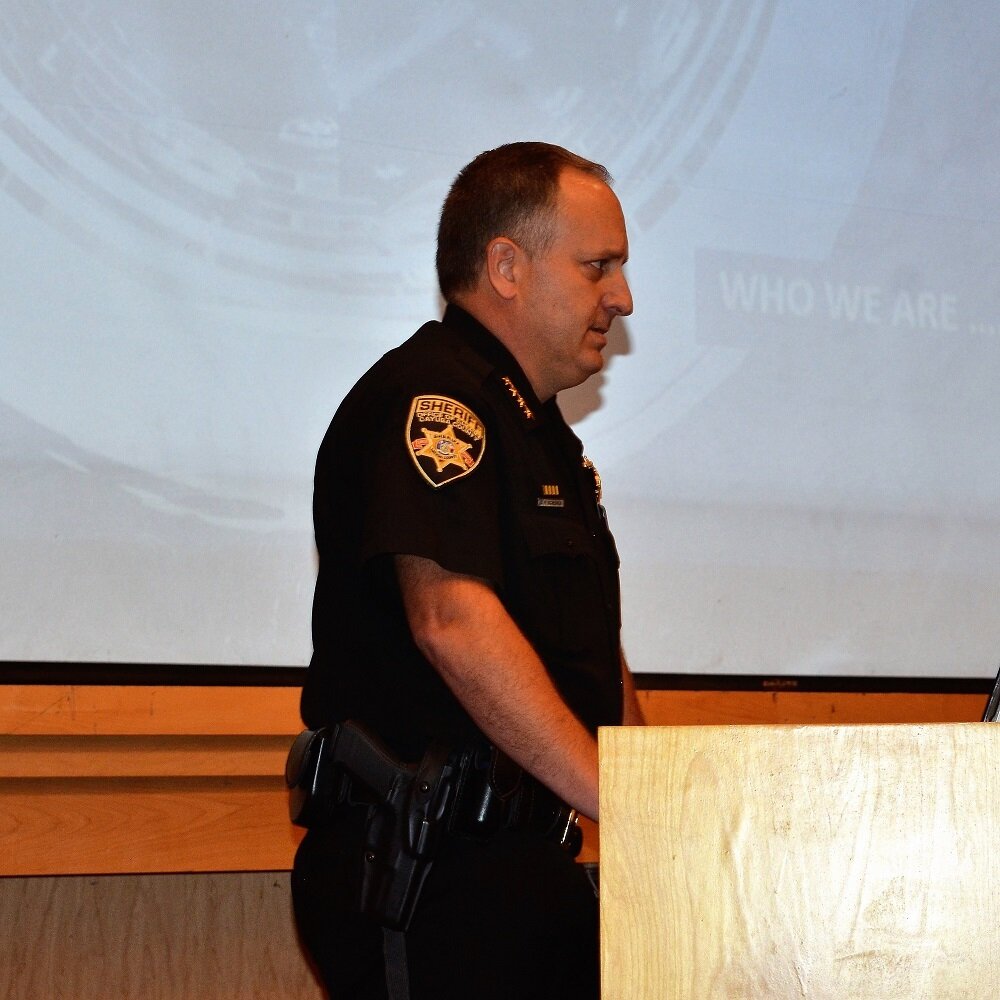
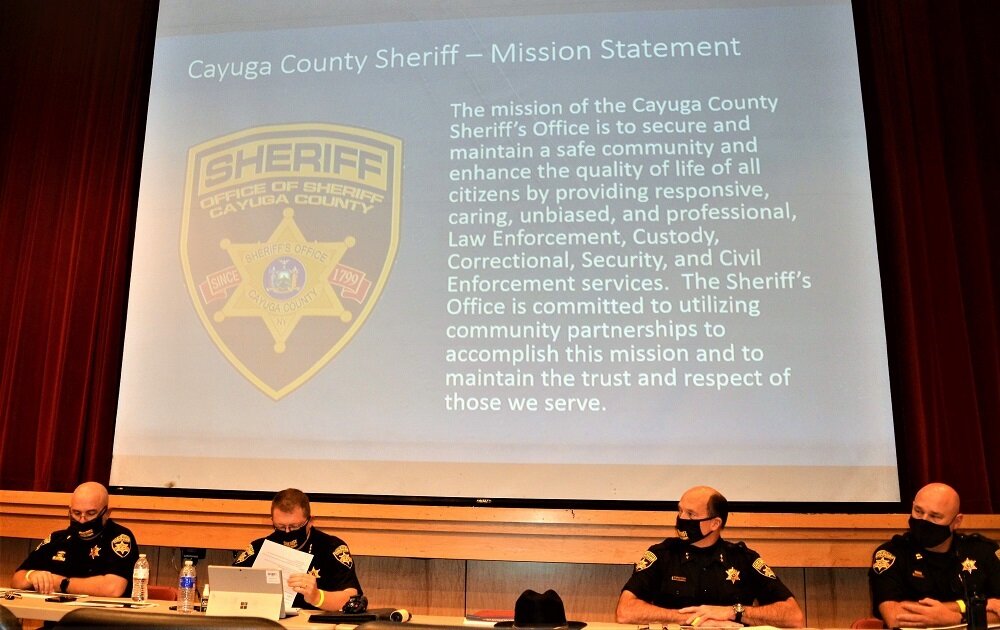
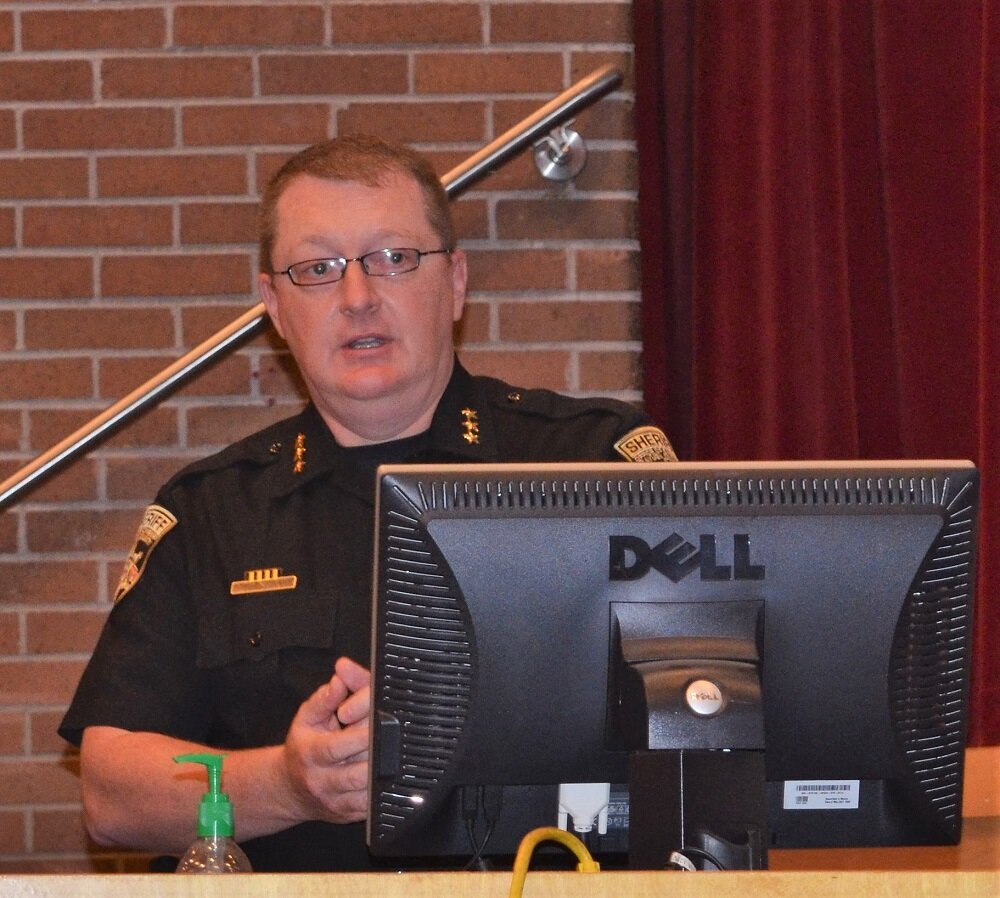
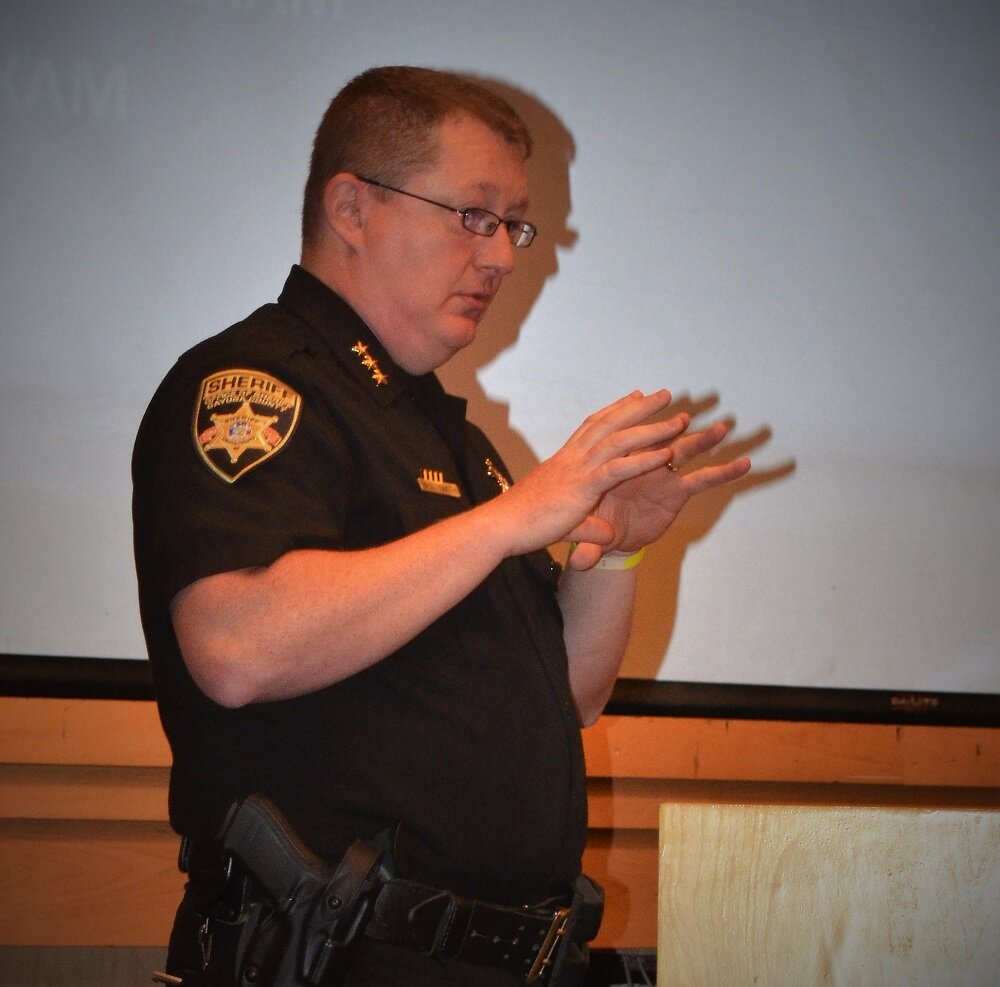
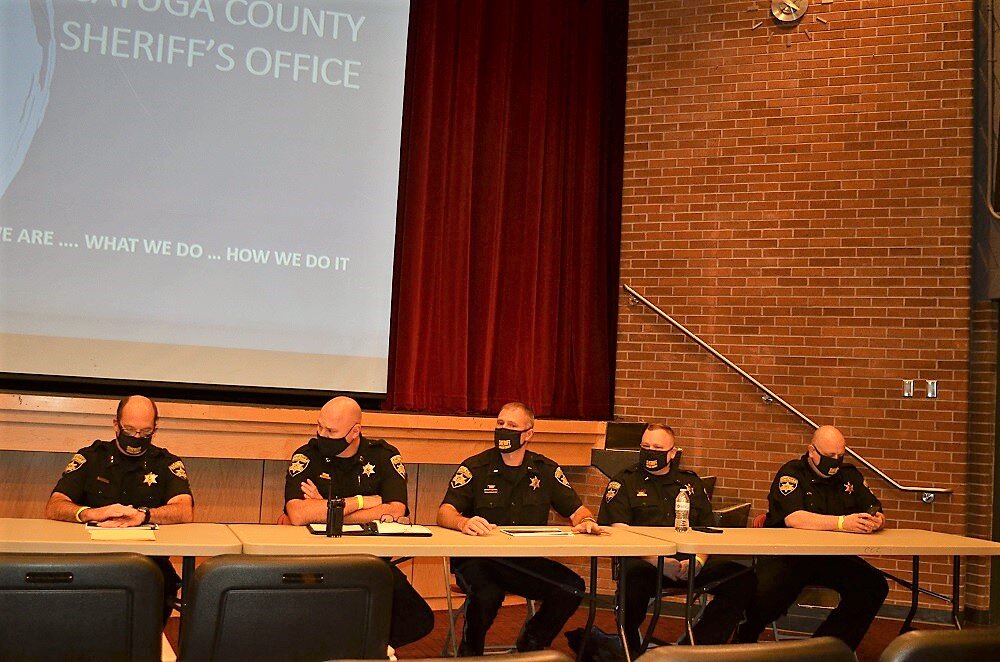
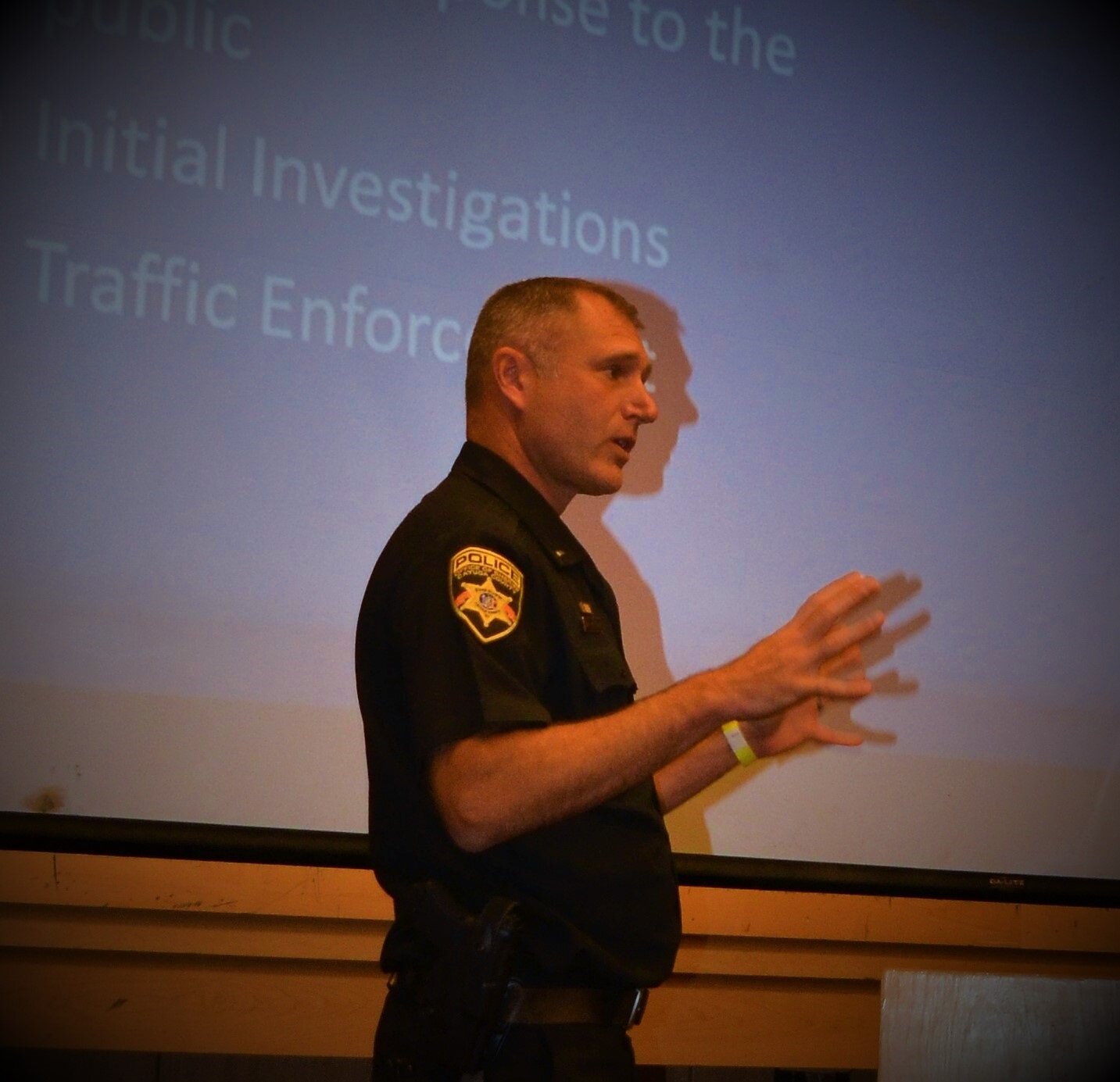

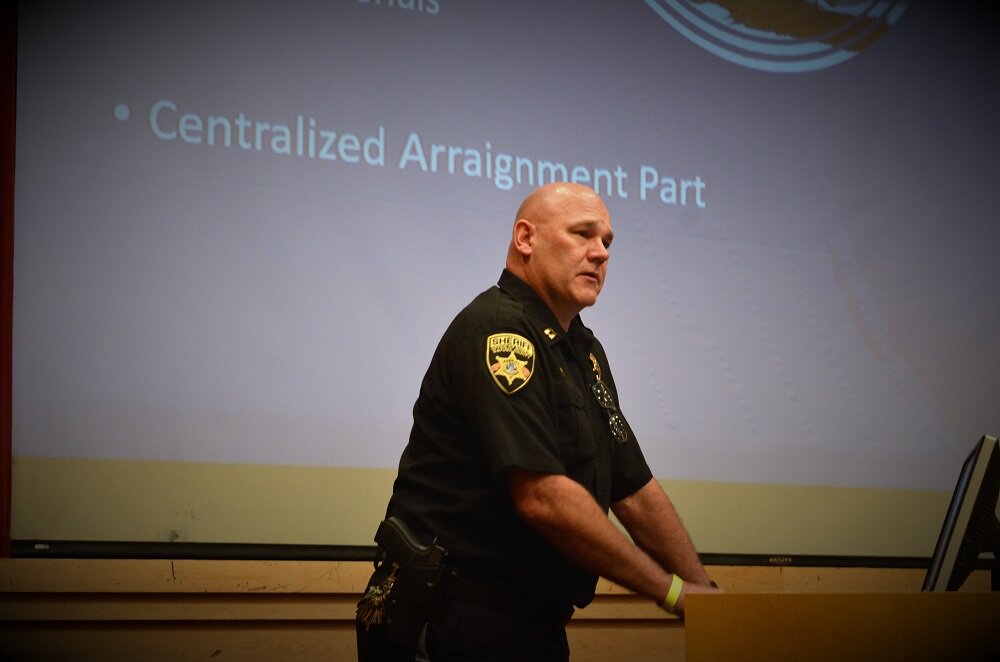

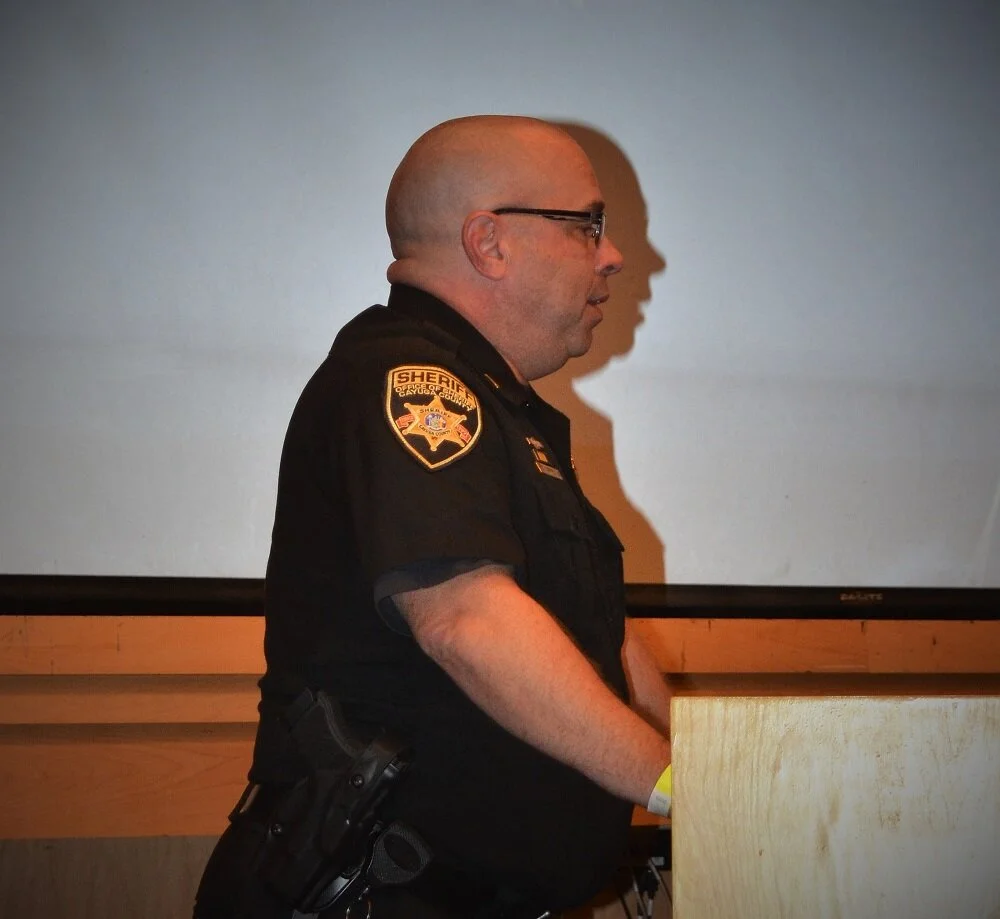
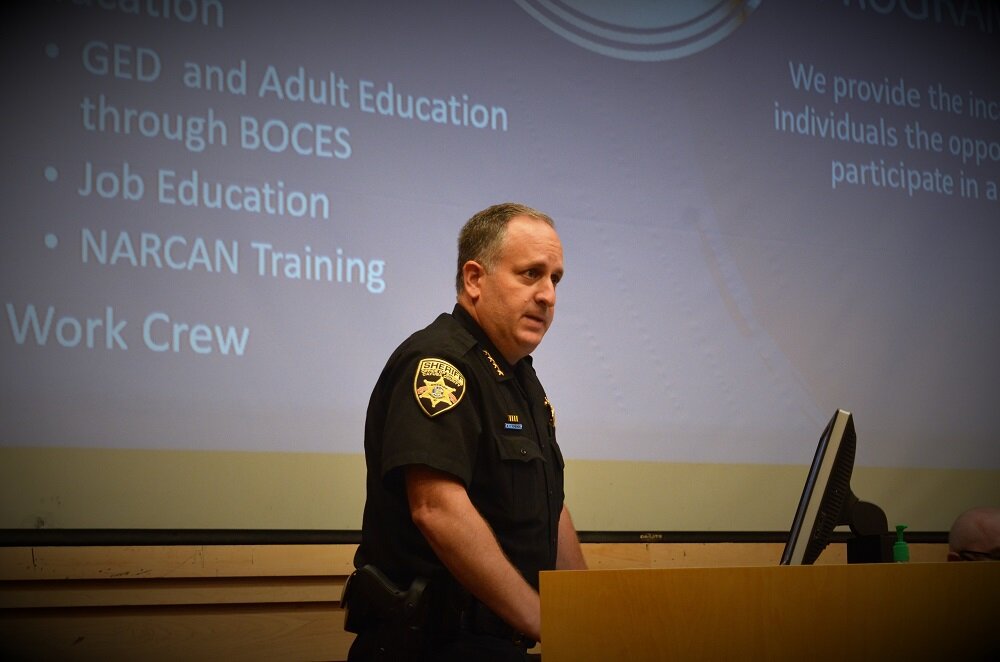

Please click the play button below to view the full LIVE STREAM
Questions or concerns regarding the presentation may be addressed directly to Sheriff Brian Schenck via sheriff@cayugacounty.us
The Harriet Tubman Center for Justice and Peace appreciates and applauds CCSO and APD for its willingness to remain transparent; engage community members in conversation even when such dialogue may be difficult; proactively work to discover pathways to not only better serve and protect the community but for non-law enforcement neighbors to see officers as meaningful residents whose job does not define who they are as people; embrace them as fellow neighbors and along with other front line “protectors,” embrace the fact that they keep all of us locally safe and equally protected. Their mission. Our expectation. Together. One community.
This is…The Auburn/Cayuga Way.
